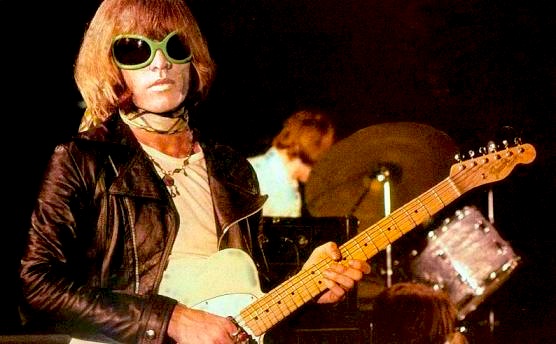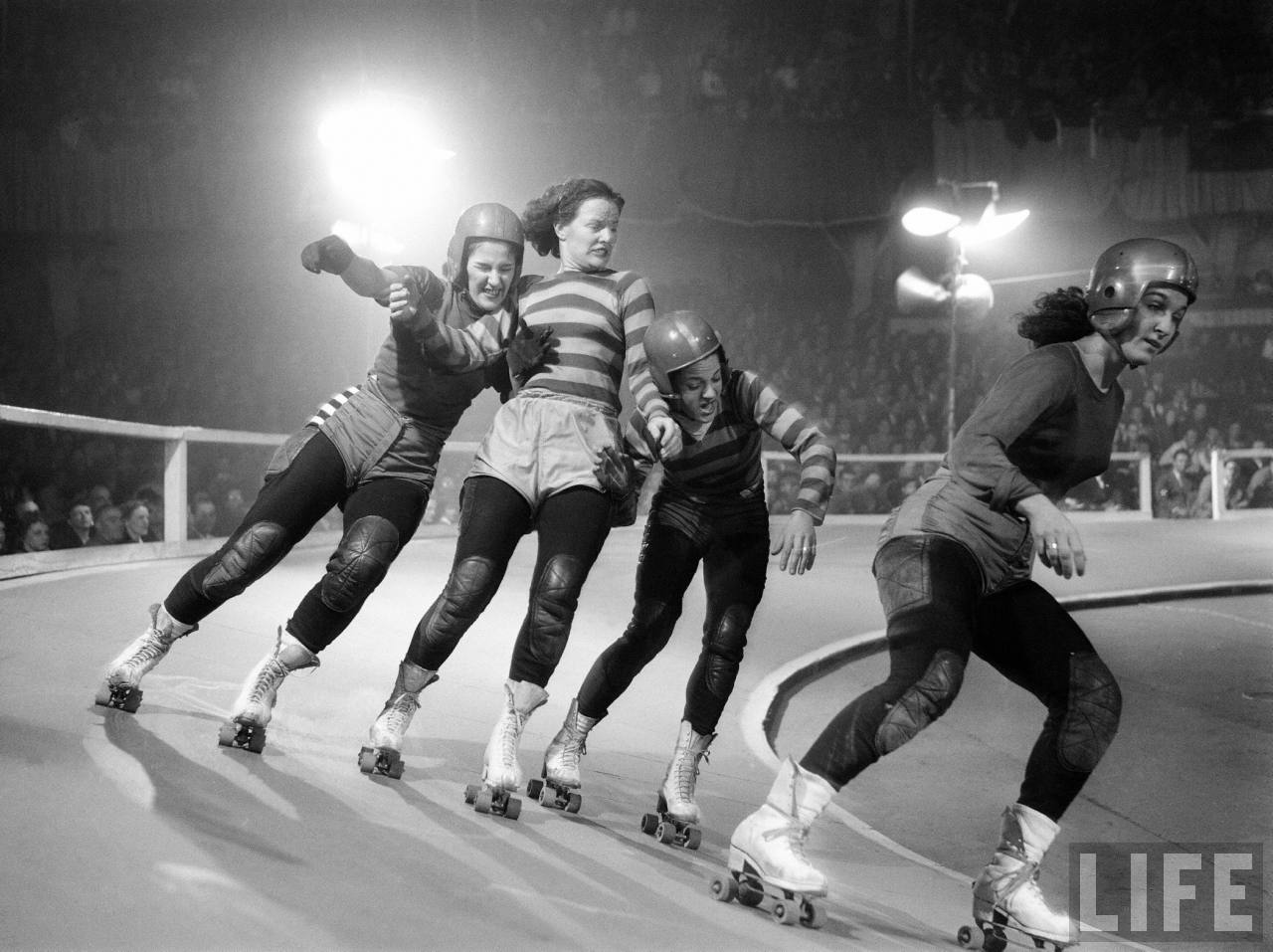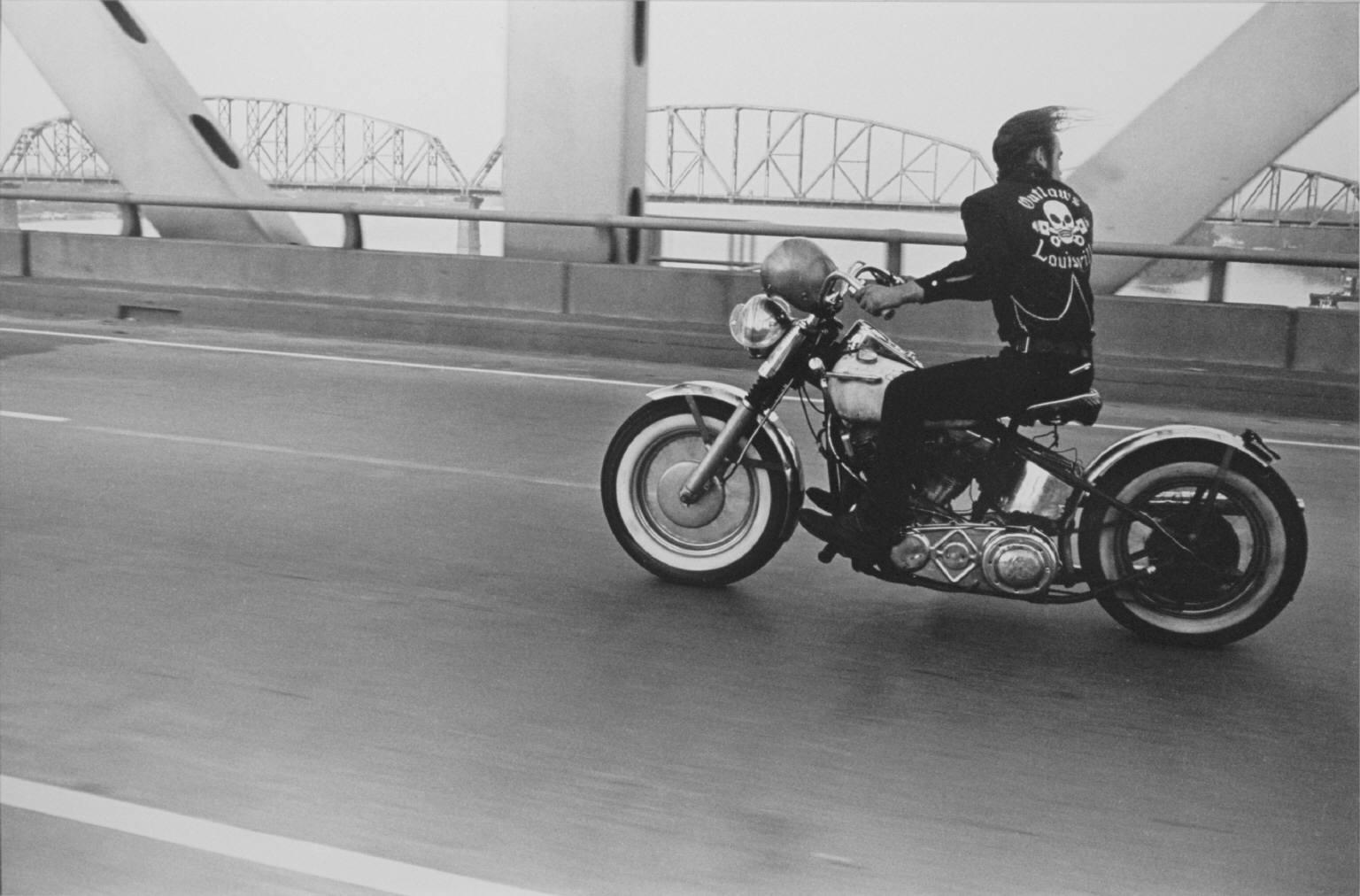
“Crossing the Ohio River” from The Bikeriders by © Danny Lyon, 1966
In the 1960s & 70s, writer and photographer Danny Lyon made a name for himself covering the Southern Civil Rights movement, and went on to give the world 3 incredible works– The Bikeriders, in which he chronicles his travels as a member of the Chicago Outlaws Motorcycle Club, The Destruction of Lower Manhattan, documenting the large-scale demolition of our country’s greatest city back in 1967, and Conversations with the Dead in which he photographs and writes about Texas inmatess in 6 different prisons, Billy McCune in particular, over 14 months time. Danny Lyon’s images are iconic, and he is considered by many as the gold standard for motorcycle photography to this day.
“If ‘The Wild One’ were filmed today, Marlon Brando and the Black Rebel Motorcycle Club would all have to wear helmets. I used to be afraid that when (Hells) Angels became movie stars and Cal the hero of the book, the bikerider would perish on the coffee tables of America. But now I think that this attention doesn’t have the strength of reality of the people it aspires to know, and that as long as Harley-Davidsons are manufactured other bikeriders will appear, riding unknown and beautiful through Chicago, into the streets of Cicero.” –Danny Lyon
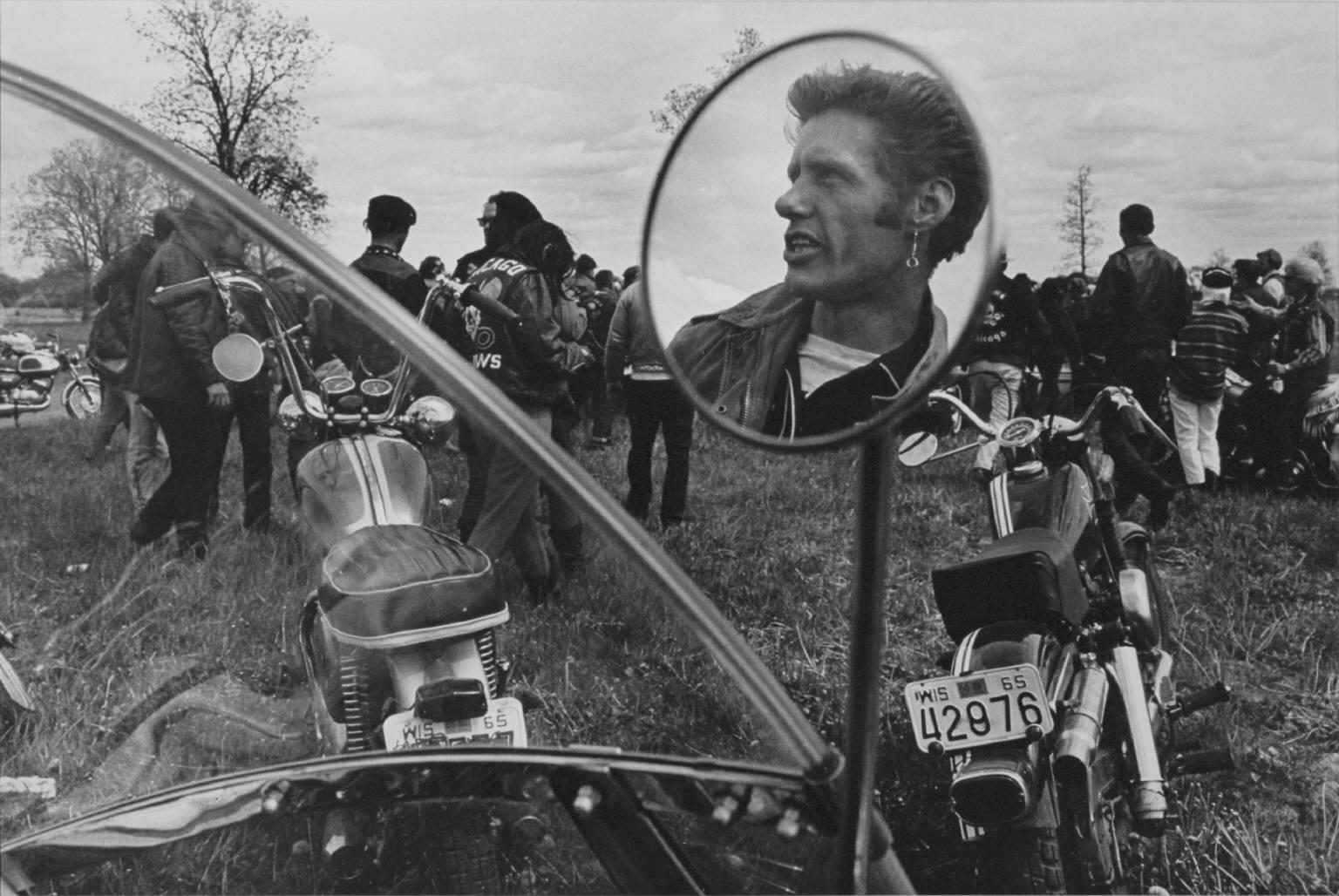
“Cal, Elkhorn, Wisconsin” from The Bikeriders by © Danny Lyon, ca. 1965-66
*
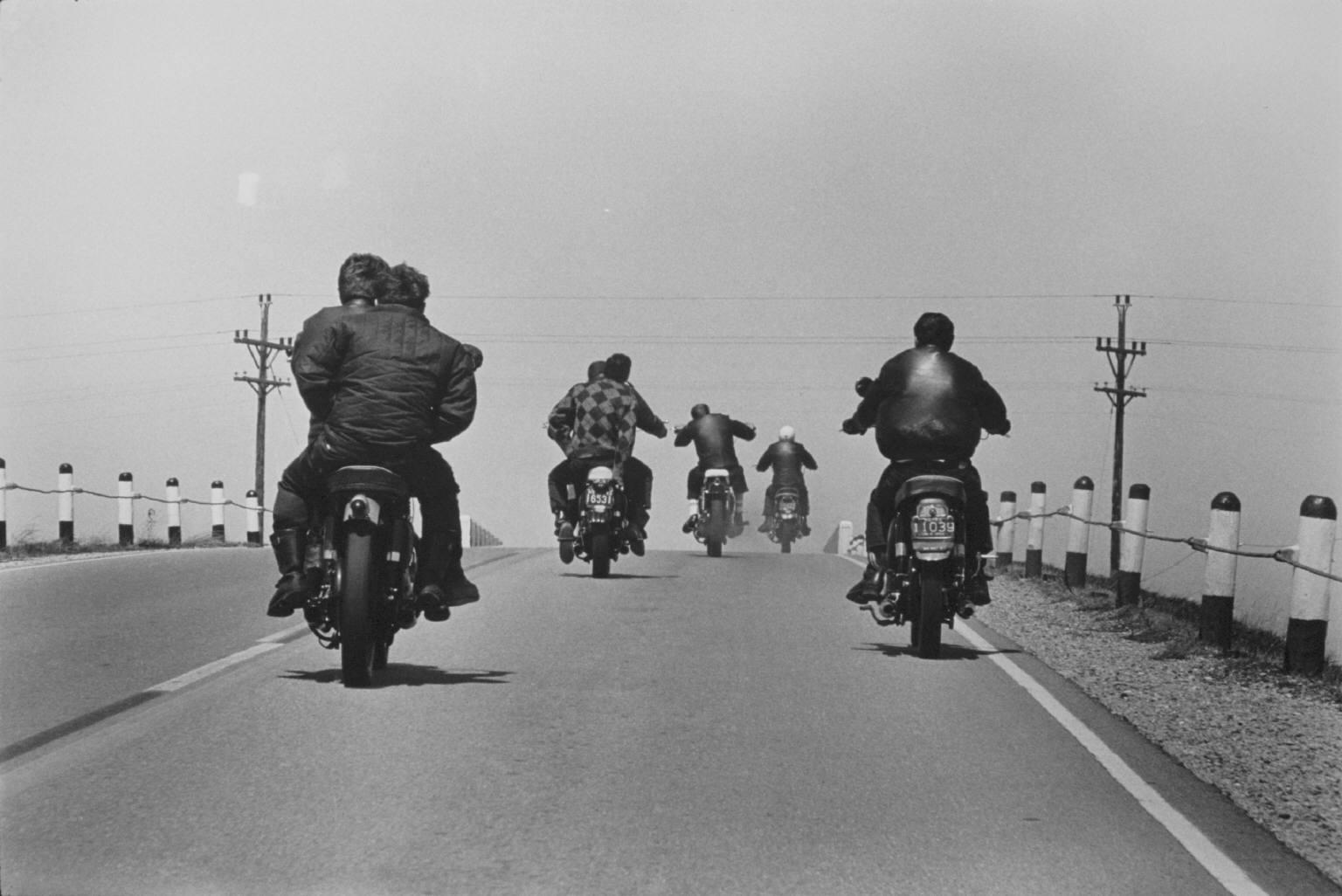
“Route 12, Wisconsin” from The Bikeriders by © Danny Lyon, 1963
–
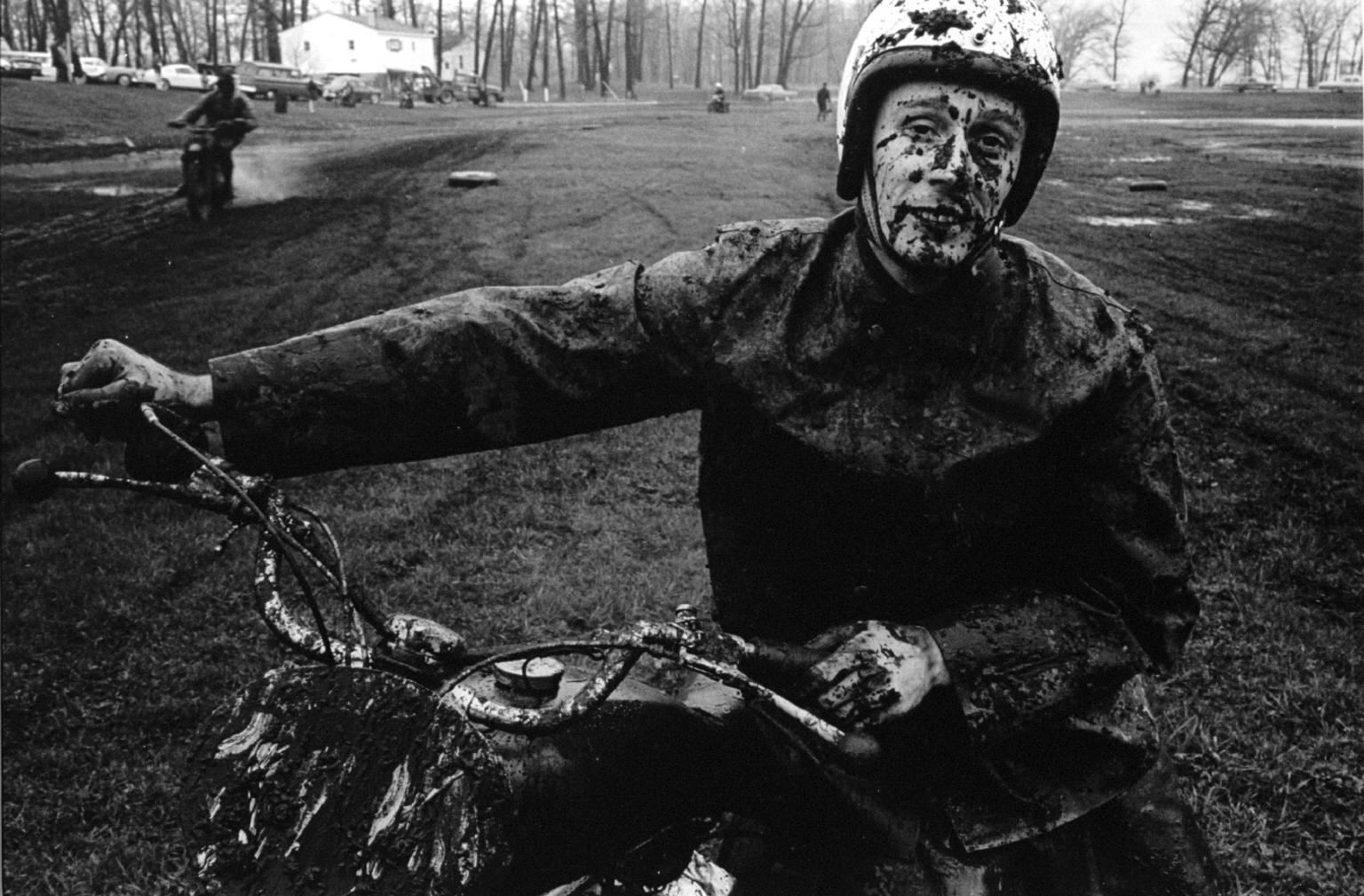
“Racer, Schererville, Indiana” from The Bikeriders by © Danny Lyon, 1965
–

“From Lindsey’s room, Louisville” from The Bikeriders by © Danny Lyon, 1966
–
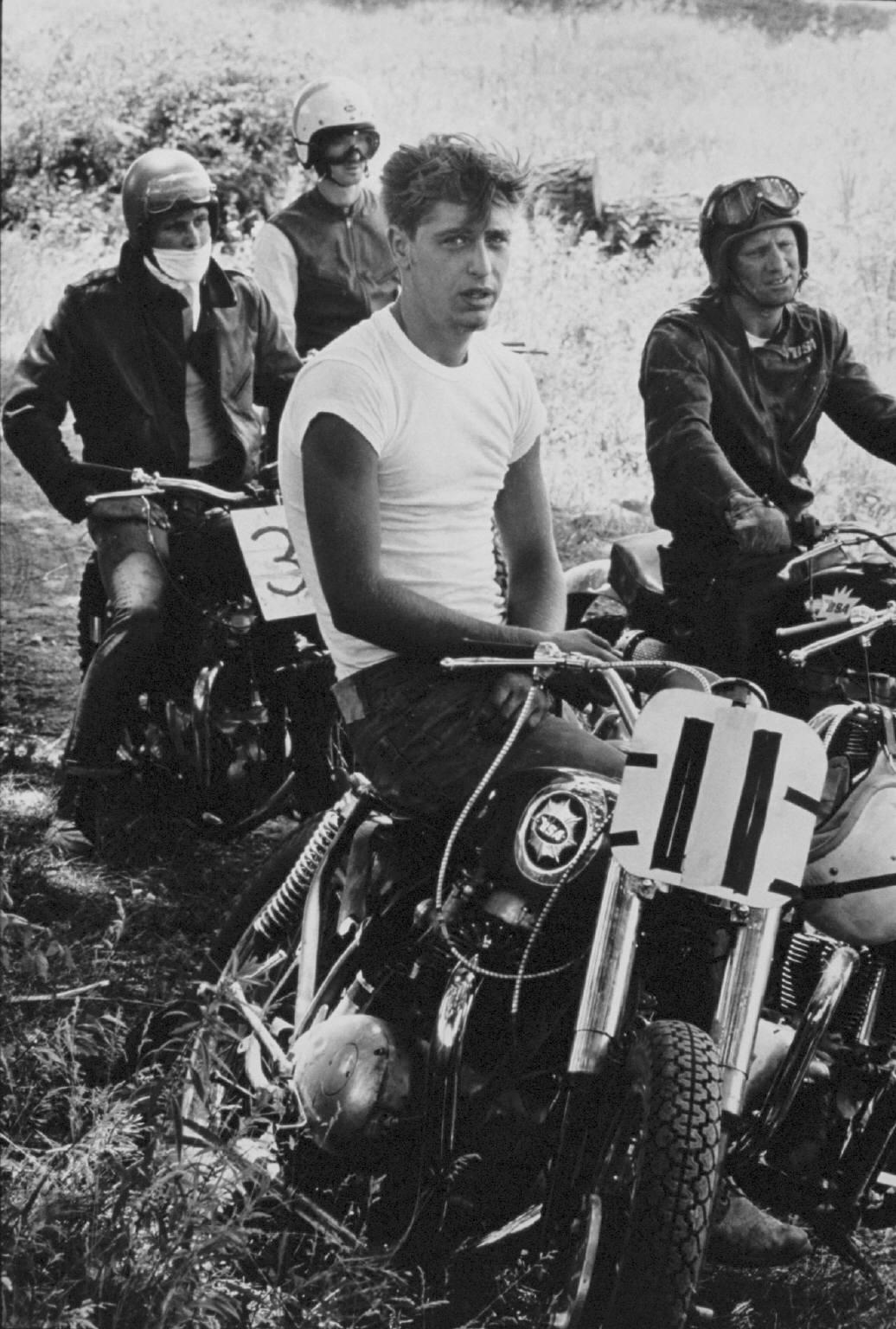
“Racers, McHenry, Illinois” from The Bikeriders by © Danny Lyon, ca. 1963-66
–
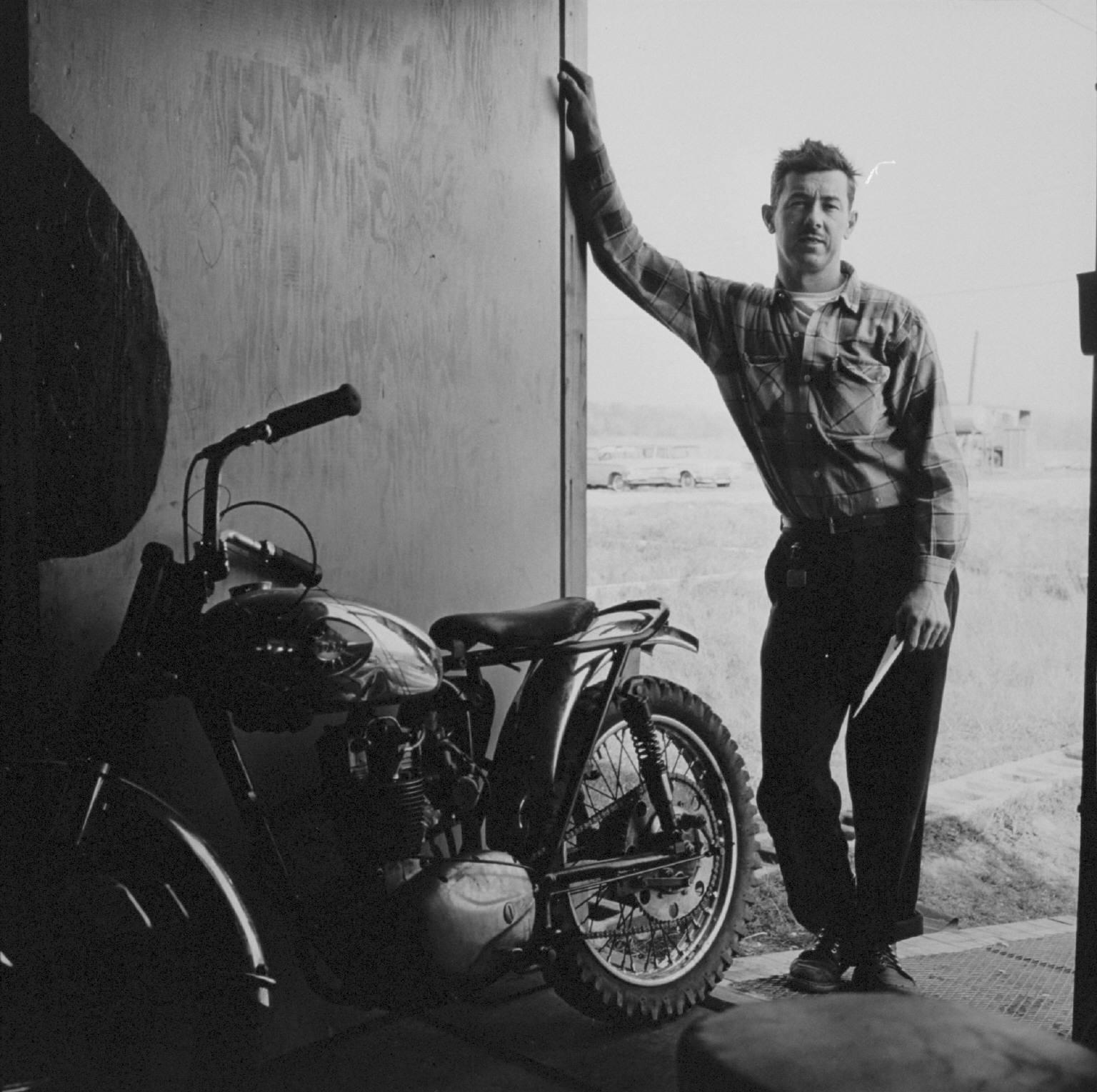
“Goodpaster, Hobart, Indiana” from The Bikeriders by © Danny Lyon, ca. 1963-66
–
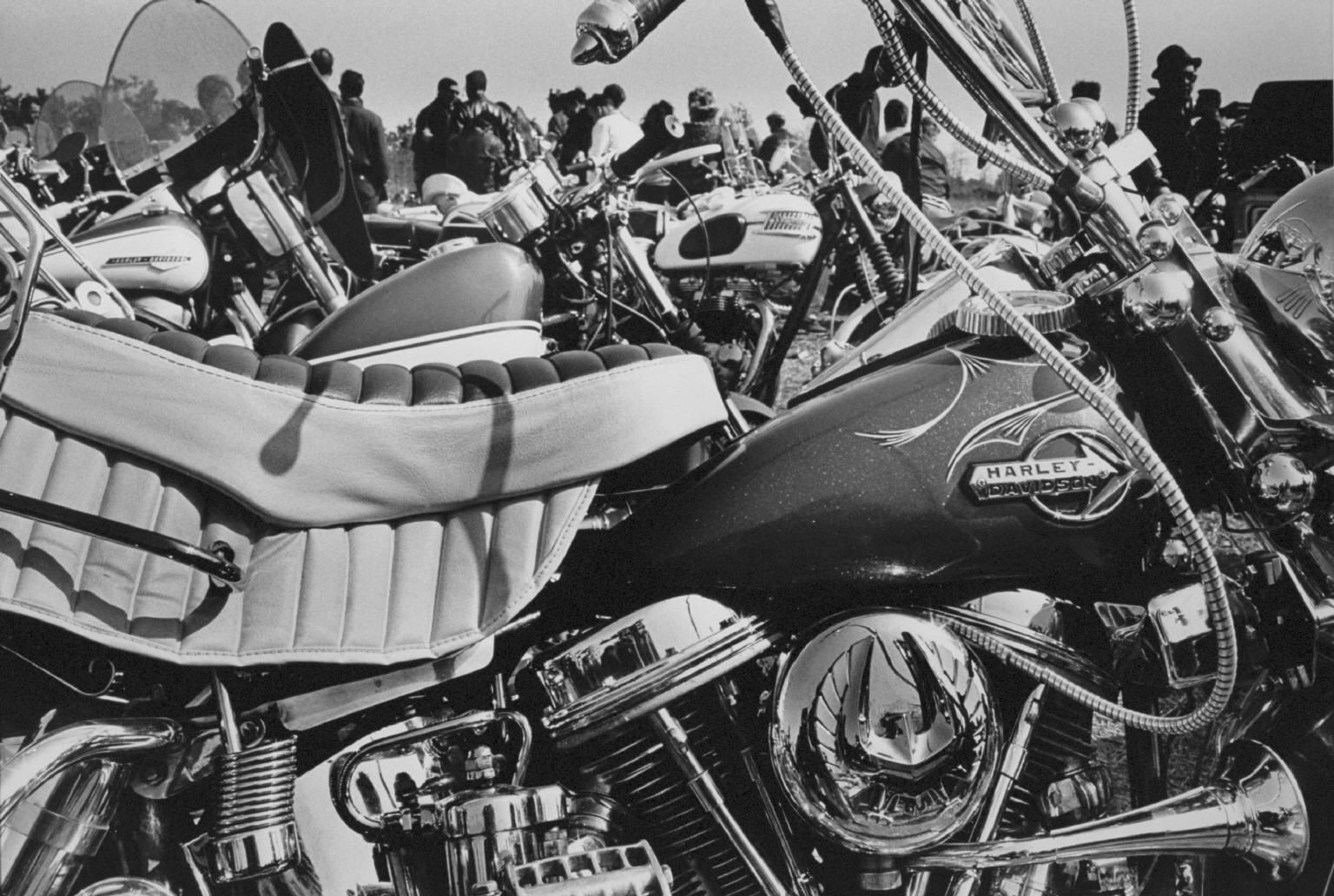
“Field meet, Long Island, New York” from The Bikeriders by © Danny Lyon, ca. 1963-66.
–

“Racers, McHenry, Illinois” from the Bikeriders by © Danny Lyon, 1965
–

“Broken gear box spring, New Orleans” from The Bikeriders by © Danny Lyon, ca. 1963-66
–
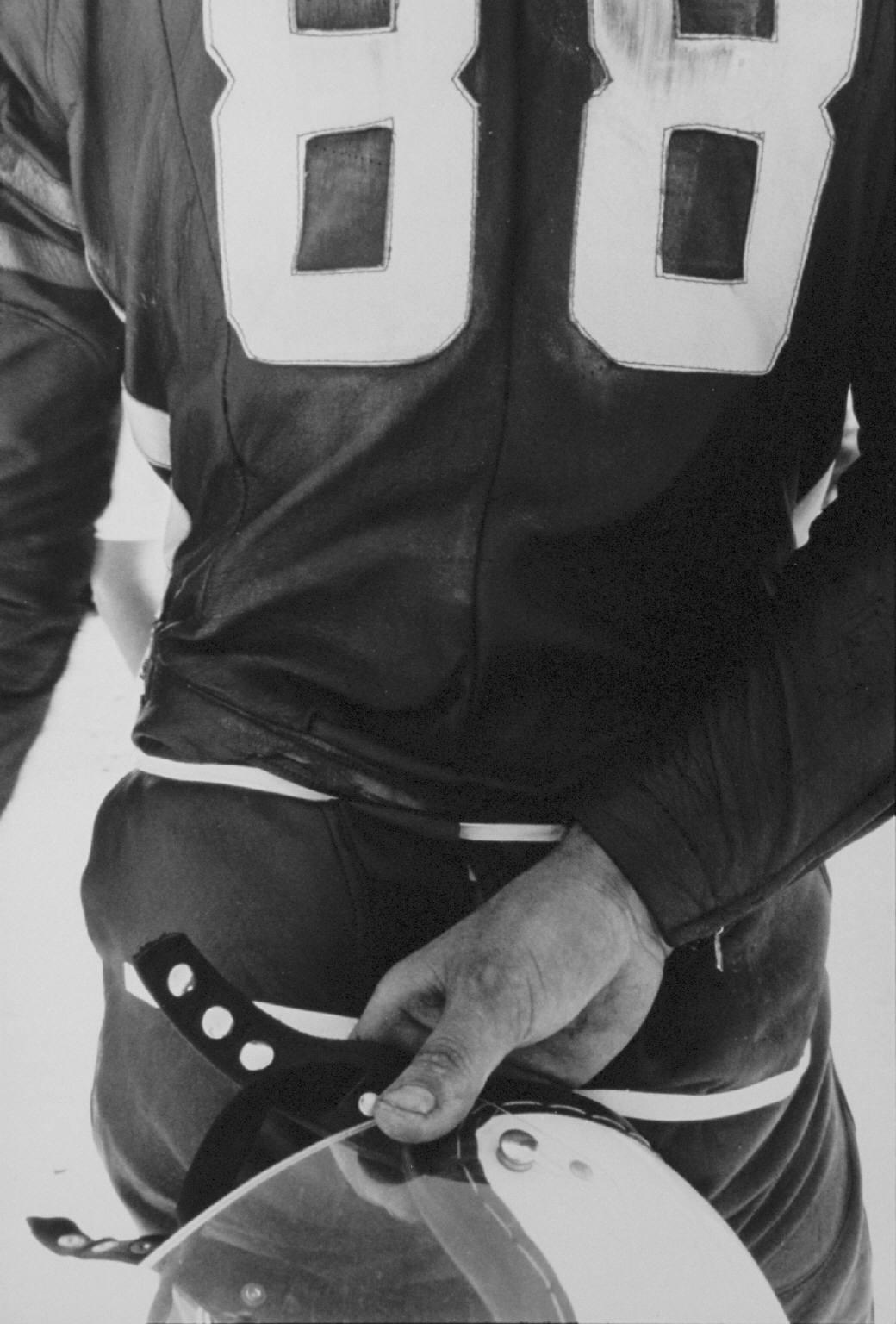
“Torello Tachhi’s back, Loudon, New Hampshire” from The Bikeriders by © Danny Lyon, ca. 1963-66
–
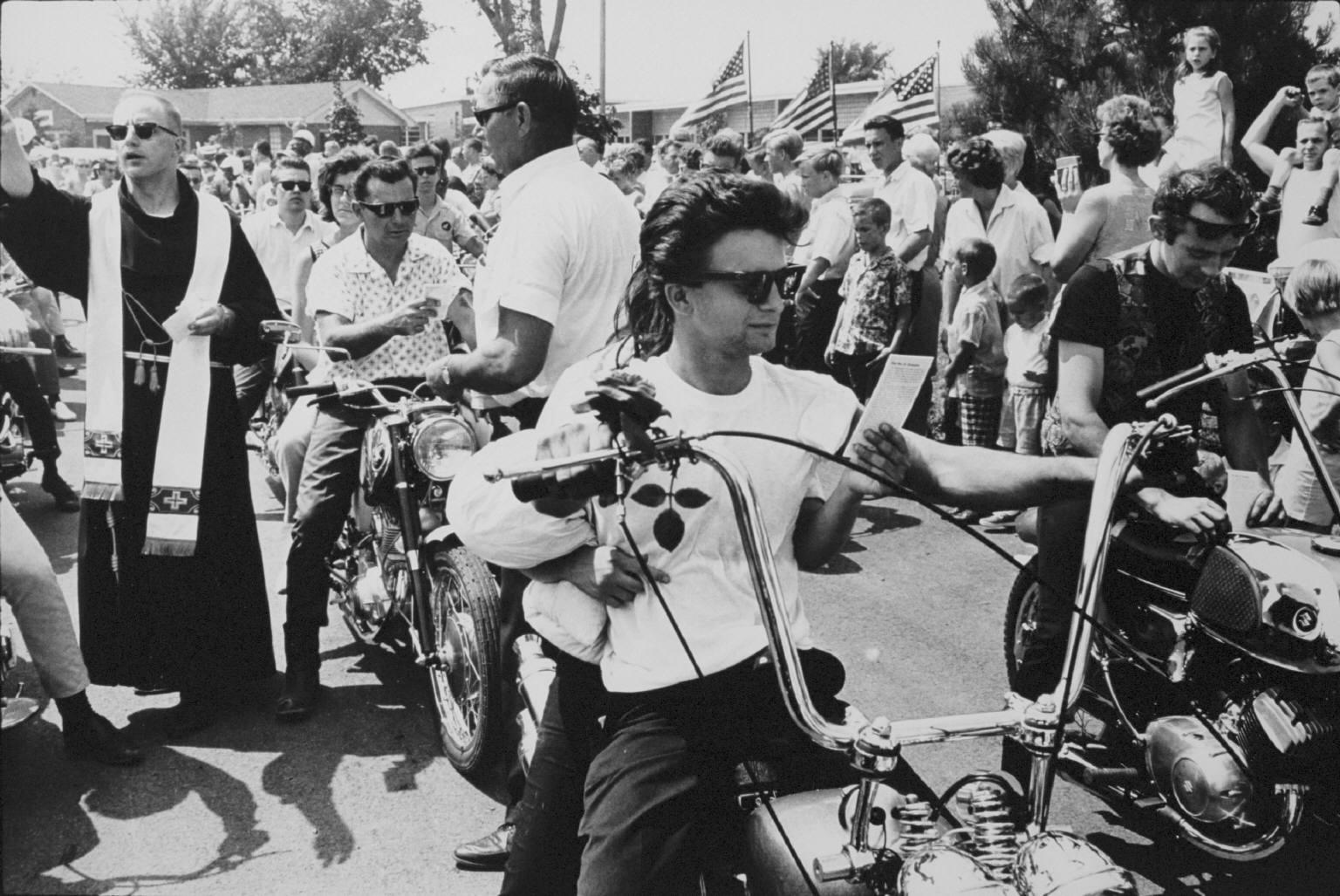
“Seventeenth Annual World’s Largest Motorcycle Blessing, St. Christopher Shrine, Midlothian, Illinois” from The Bikeriders by © Danny Lyon
–
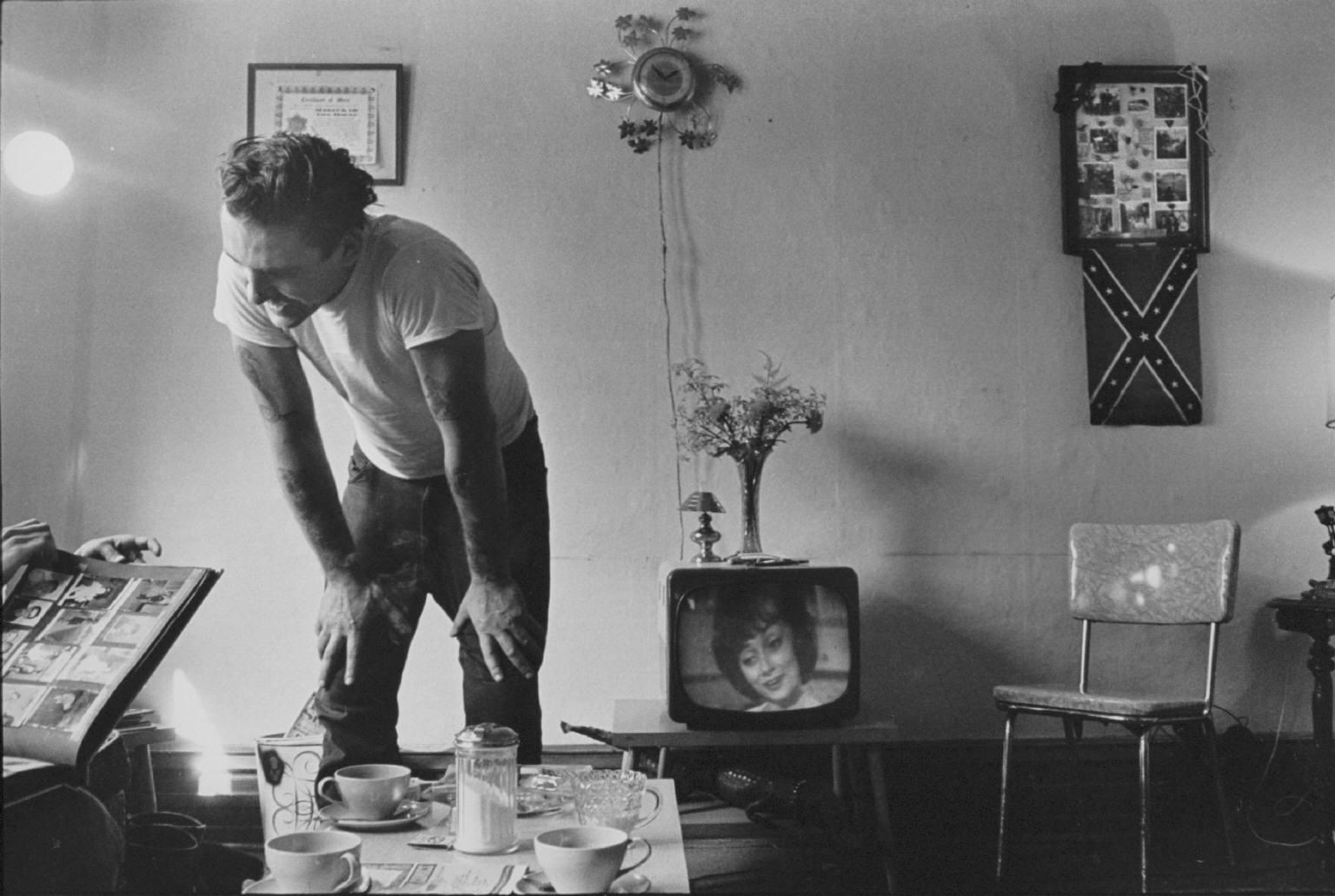
“Corky at home” from The Bikeriders by © Danny Lyon, ca. 1965-66
–
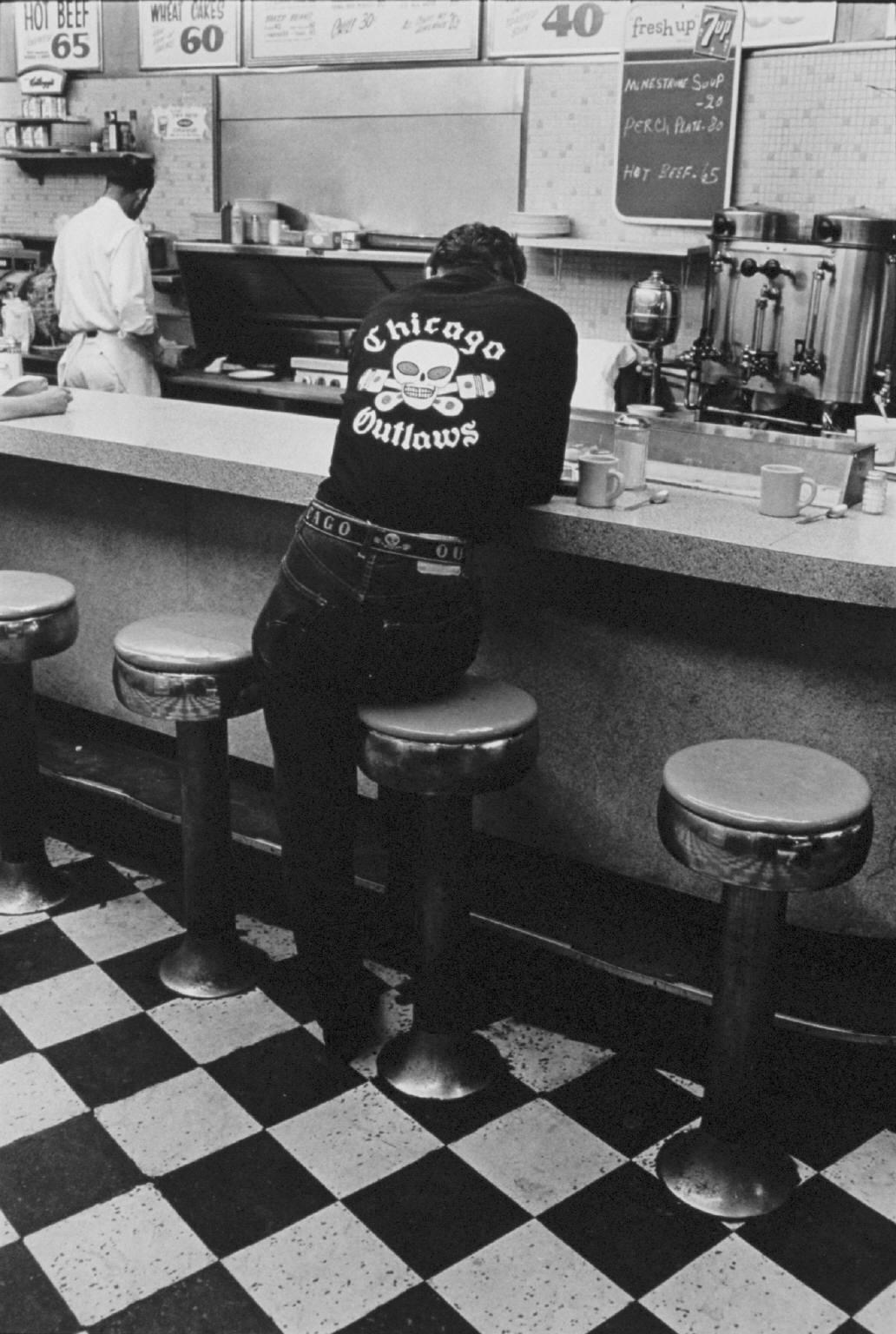
“Jack, Chicago” from The Bikeriders by © Danny Lyon, 1965
–
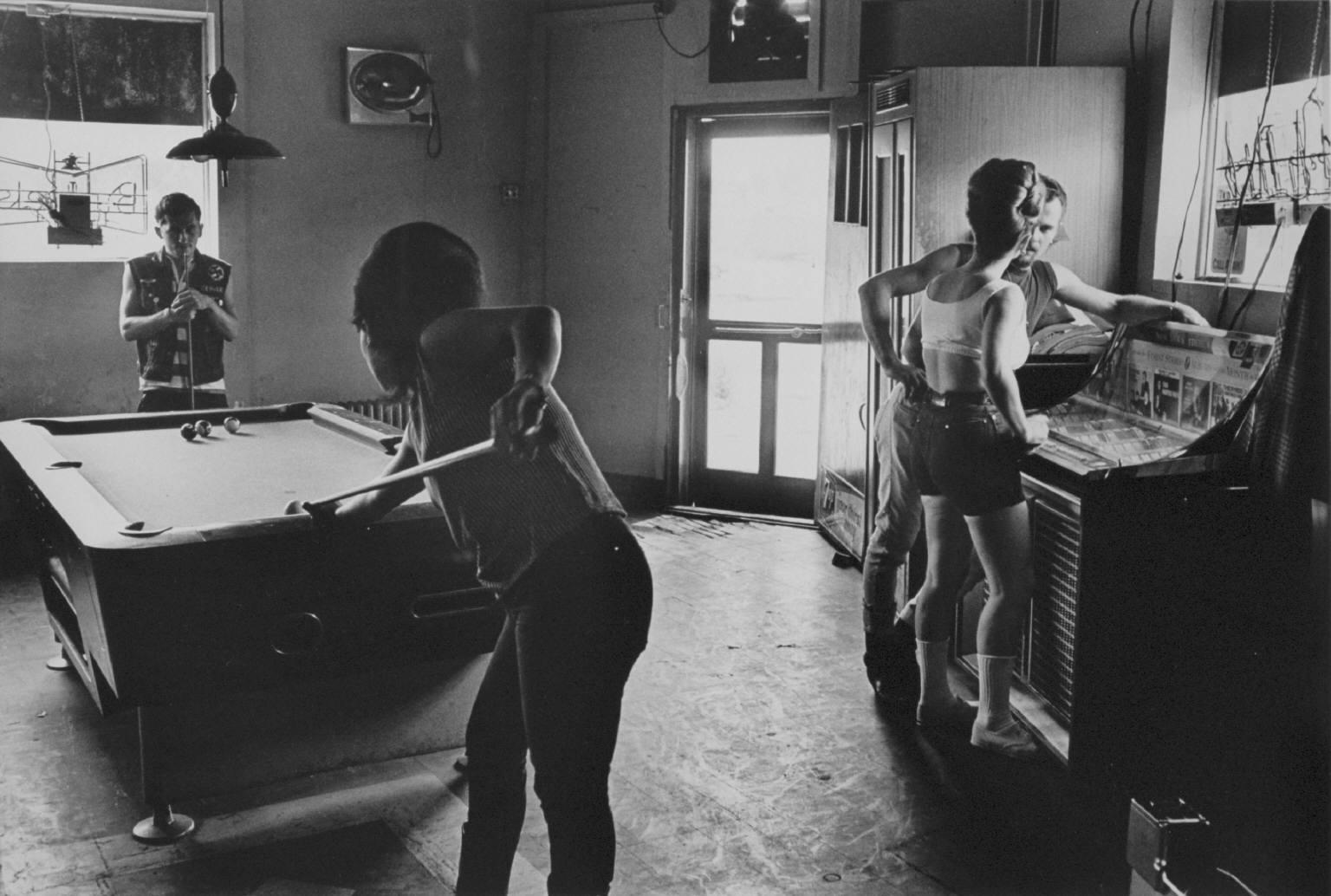
“New York Eddie’s, Chicago” from The Bikeriders by © Danny Lyon, ca. 1965-66
–
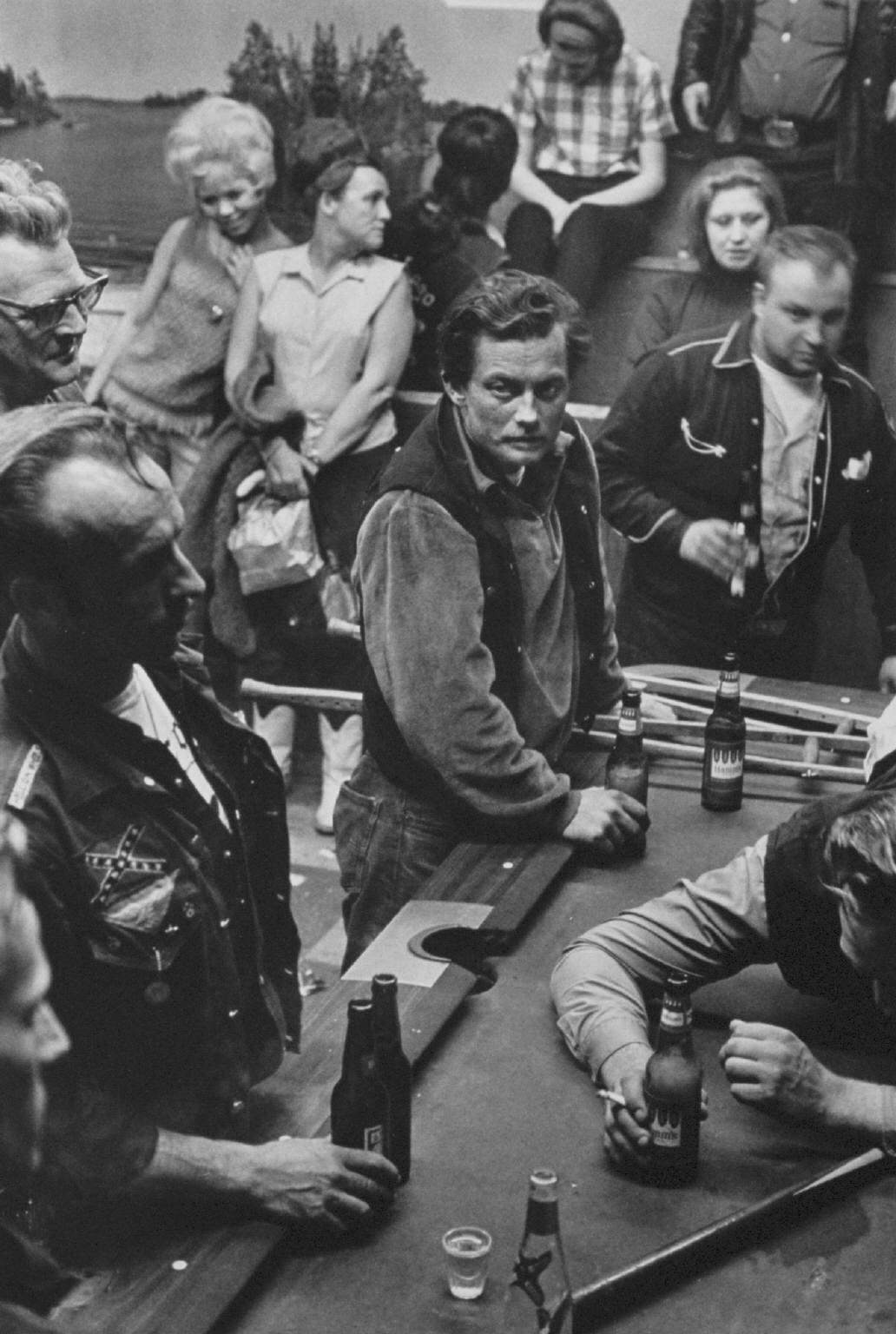
“Andy, meeting at the the Stoplight, Cicero, Illinois” from The Bikeriders by © Danny Lyon, ca. 1965-66
–
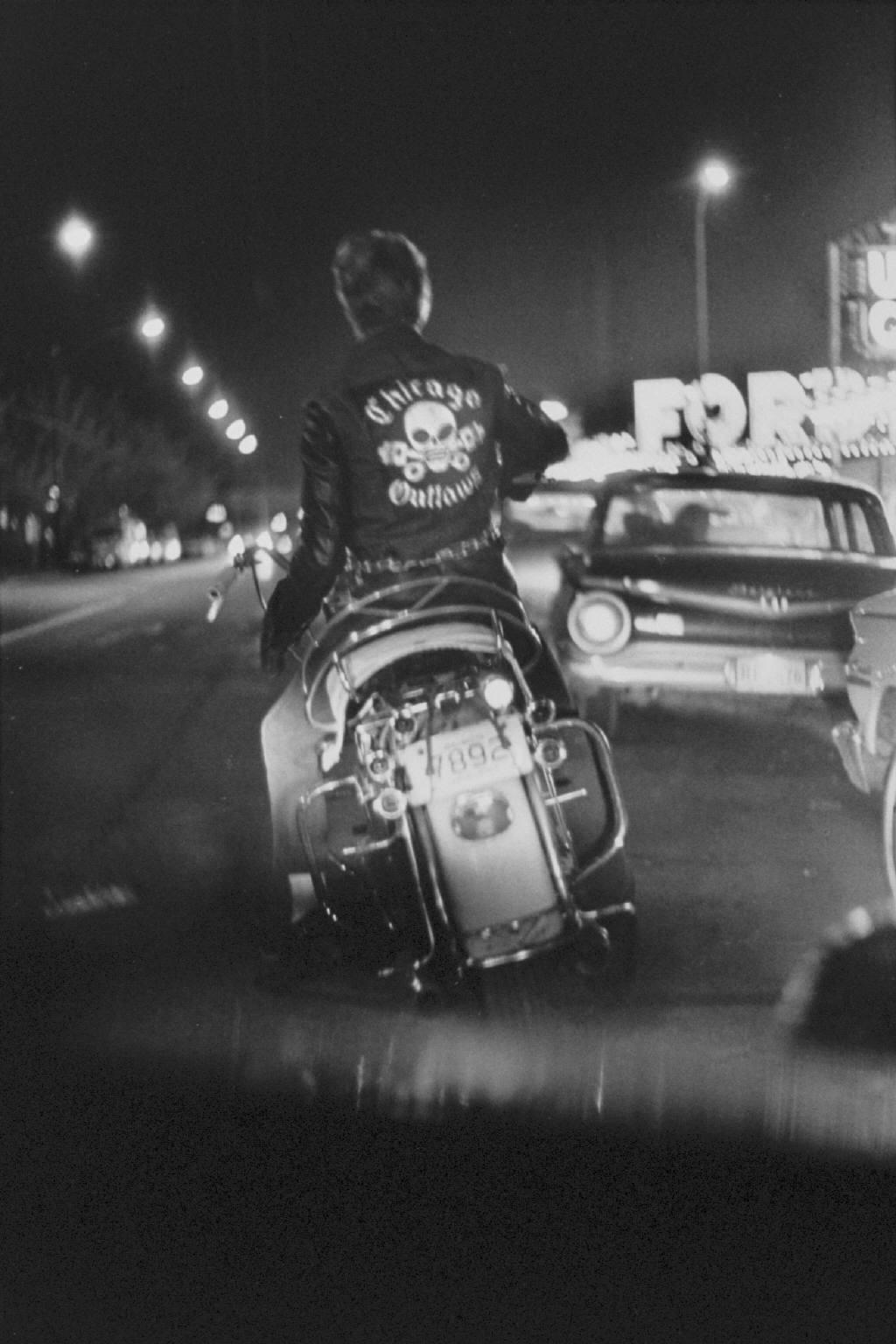
“Benny, Grand and Division, Chicago” from The Bikeriders by © Danny Lyon, ca. 1965-66
–
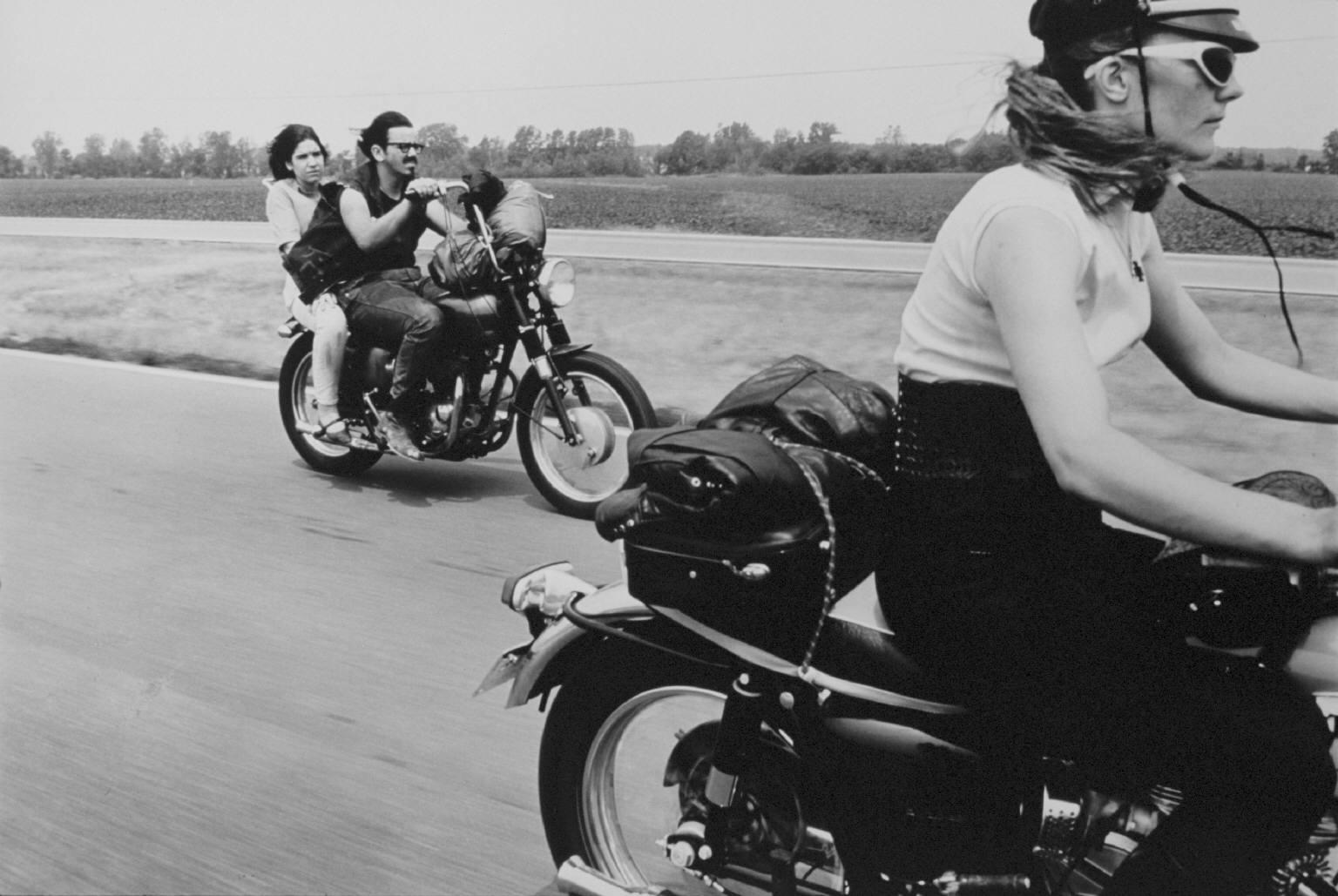
“From Dayton to Columbus, Ohio” from The Bikeriders by © Danny Lyon, ca. 1965-66
–
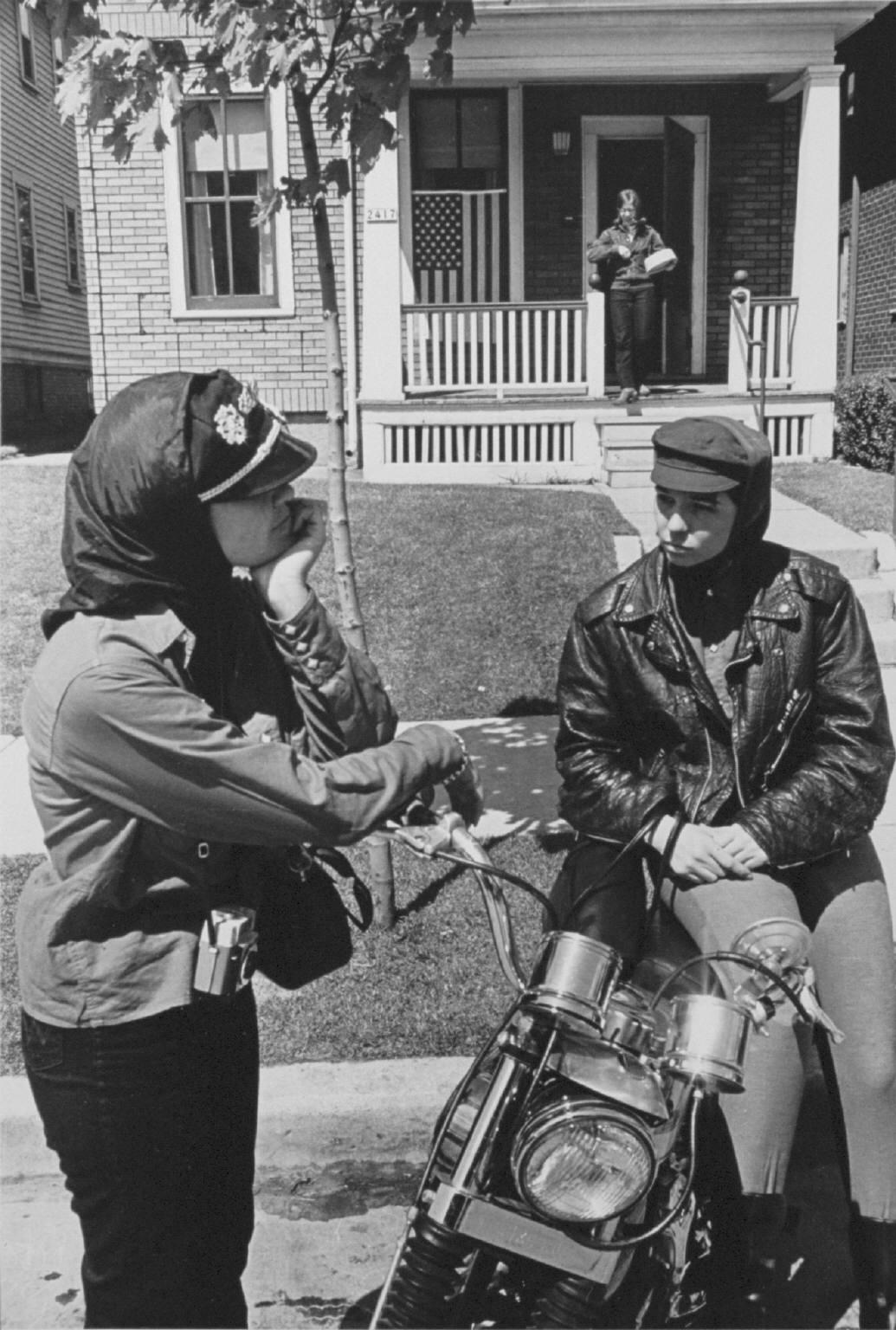
“Memorial Day run, Milwaukee” from The Bikeriders by © Danny Lyon, ca. 1965-66
–
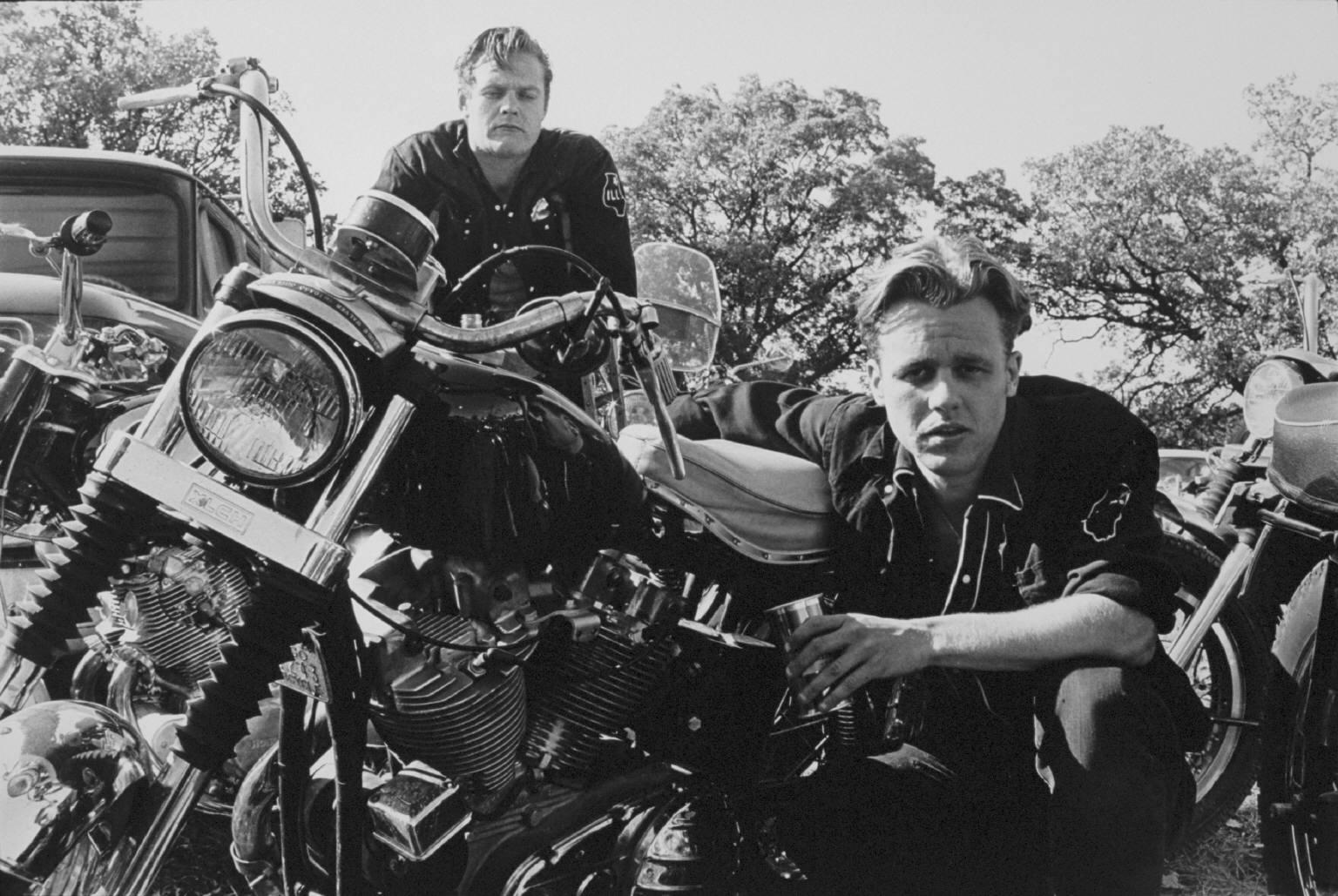
“Brucie, his CH, and Crazy Charlie, McHenry, Illinois” from The Bikeriders by © Danny Lyon, ca. 1965-66
–
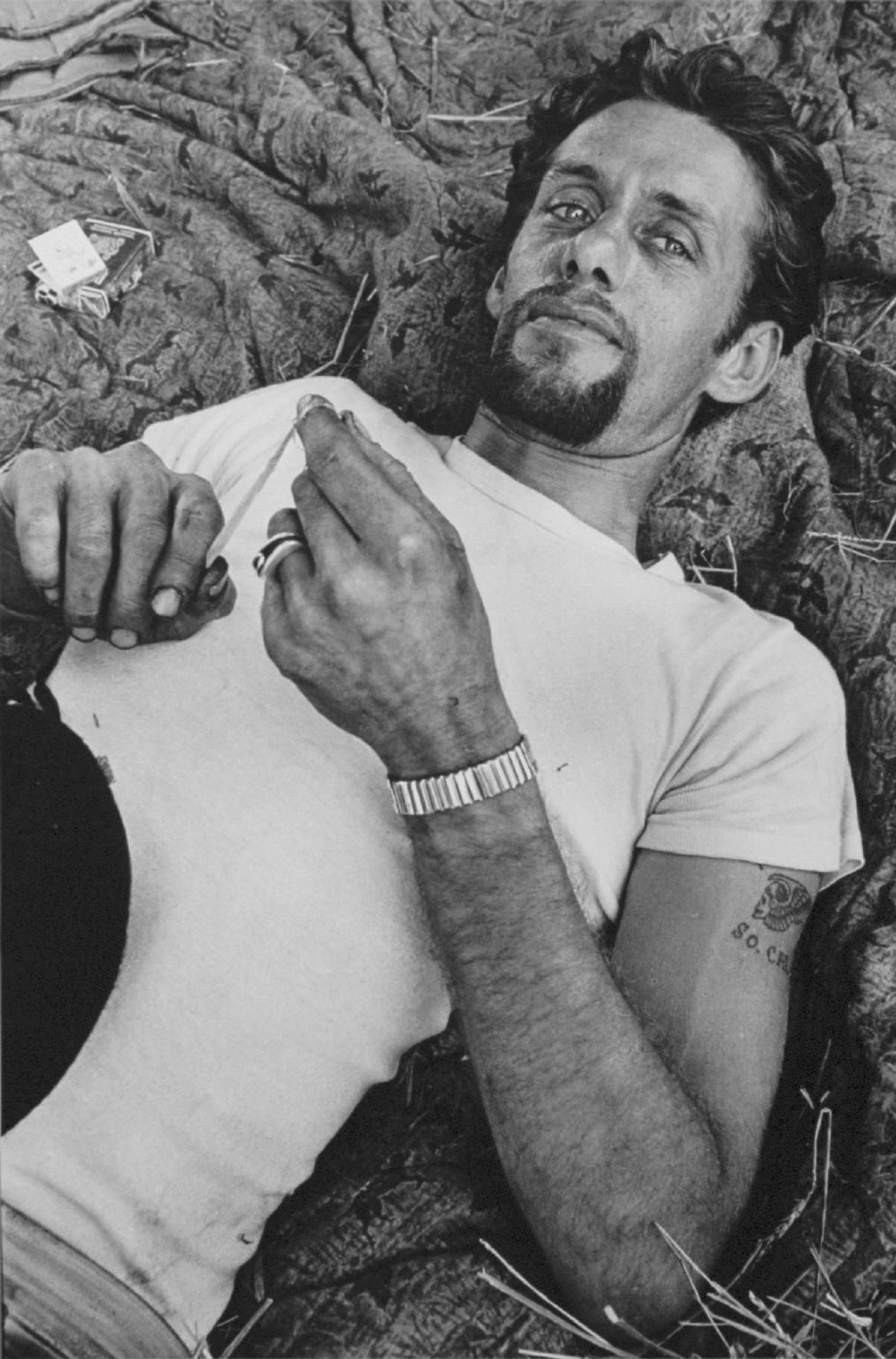
“Cal, Springfield, Illinois” from The Bikeriders by © Danny Lyon, ca. 1965-66
–

“Big Barbara, Chicago” from The Bikeriders by © Danny Lyon, ca. 1965-66
–
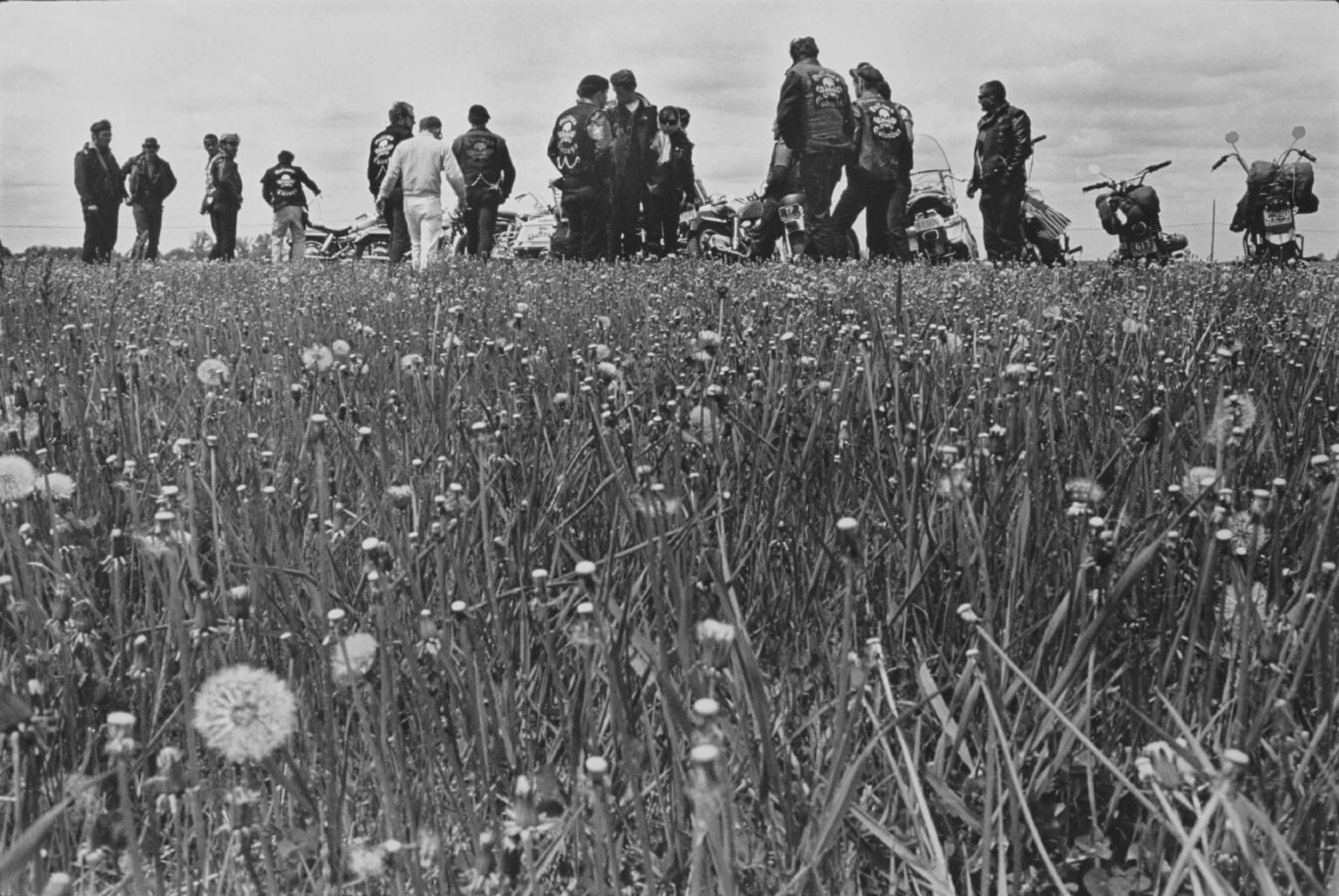
“Outlaw camp, Elkhorn, Wisconsin” from The Bikeriders by © Danny Lyon, ca. 1965-66
–
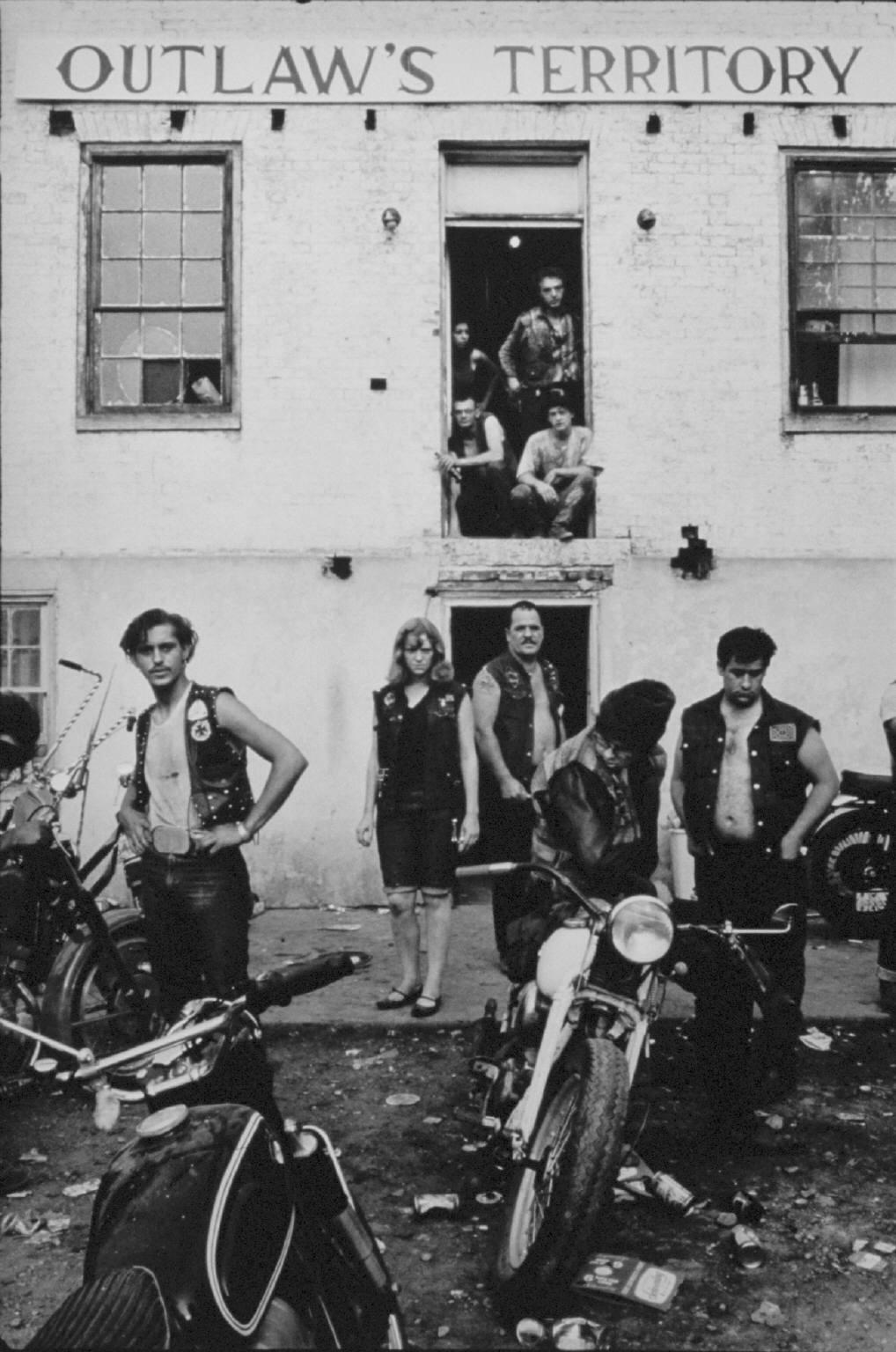
“Clubhouse during the Columbus run, Dayton, Ohio” from The Bikeriders by © Danny Lyon, ca. 1965-66
–
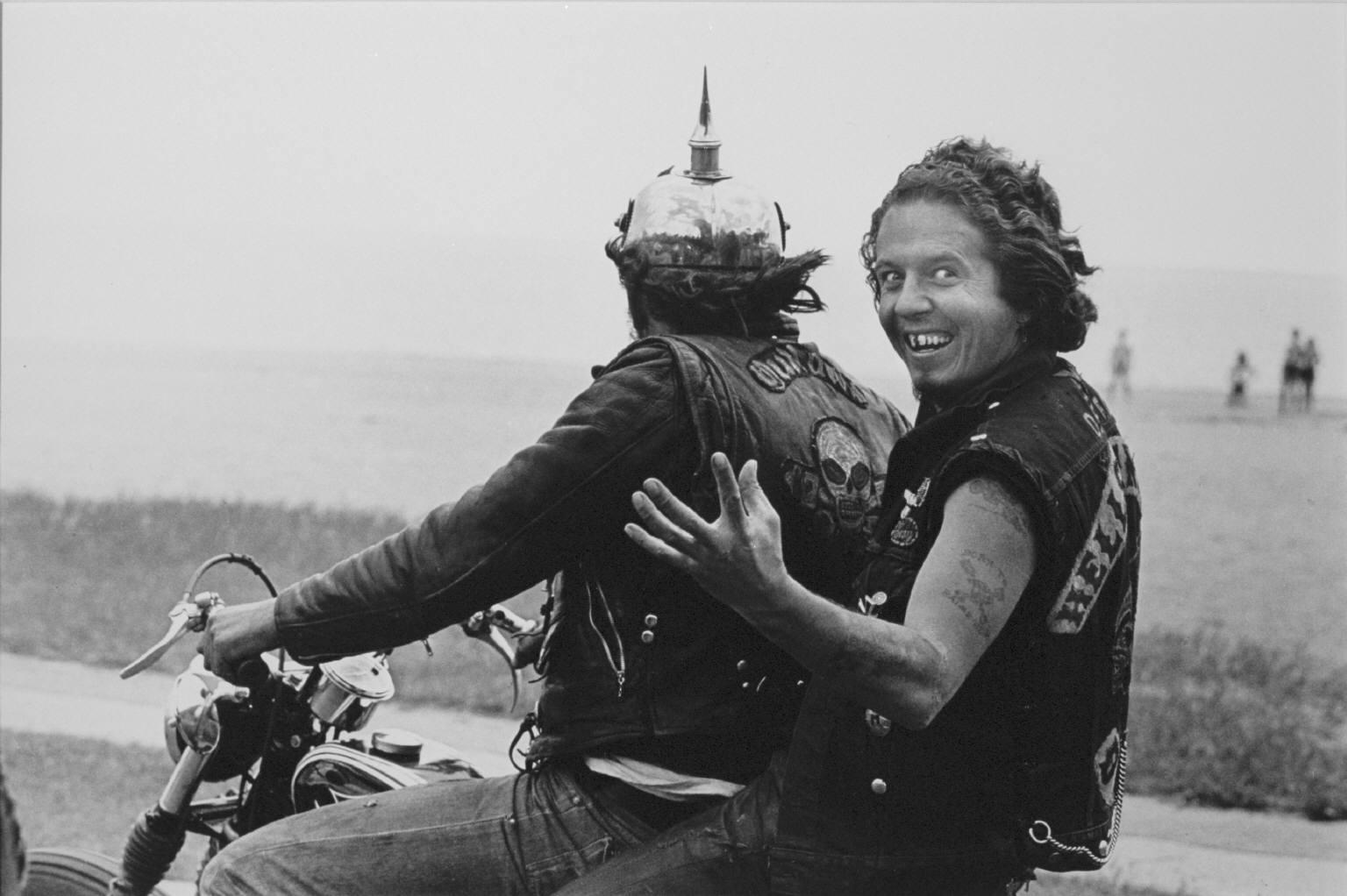
“Funny Sonny packing with Zipco, Milwaukee” from The Bikeriders by © Danny Lyon, ca. 1965-66
–
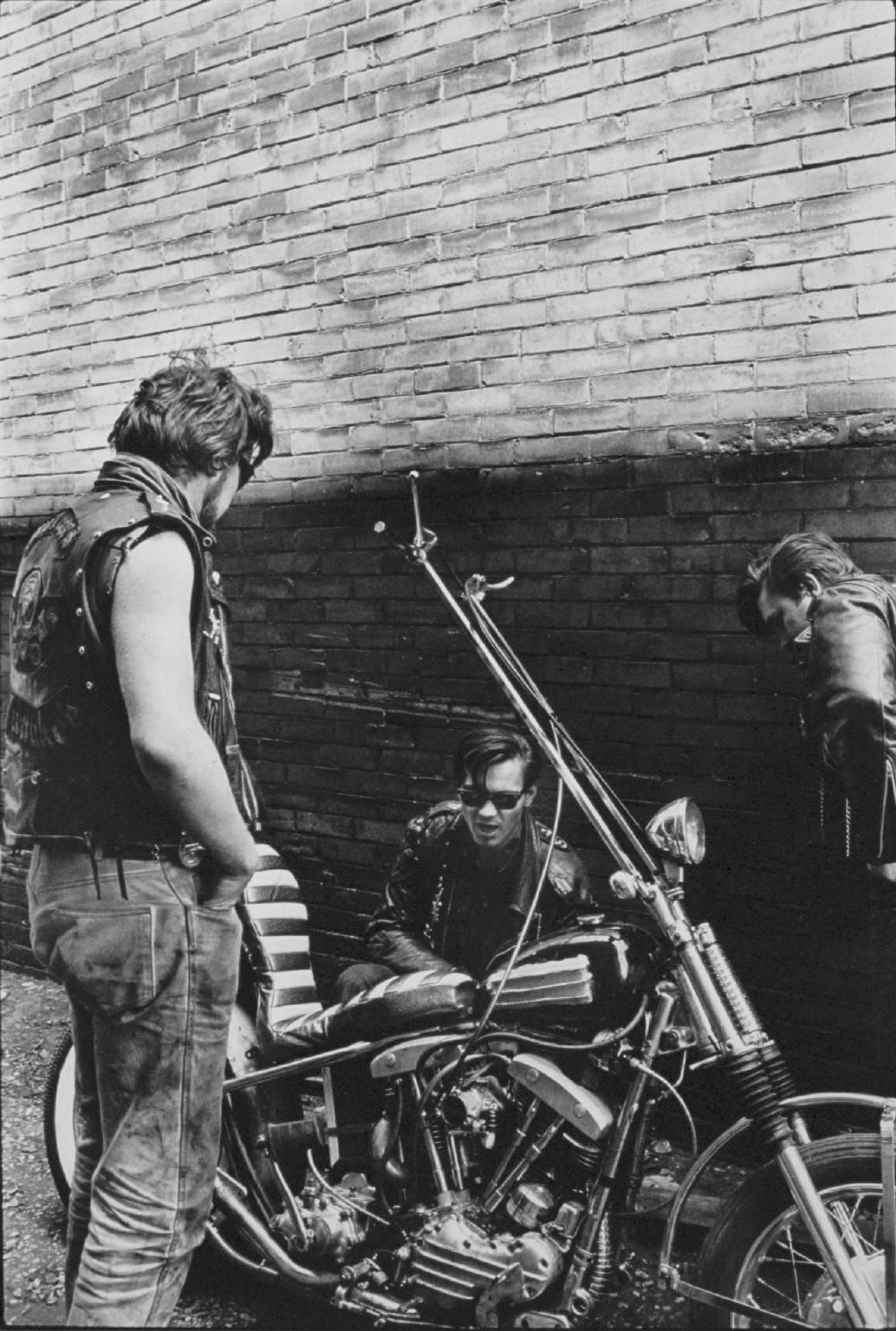
“Chopper, Milwaukee” fro The Bikeriders by Danny Lyon, ca. © 1965-66
–
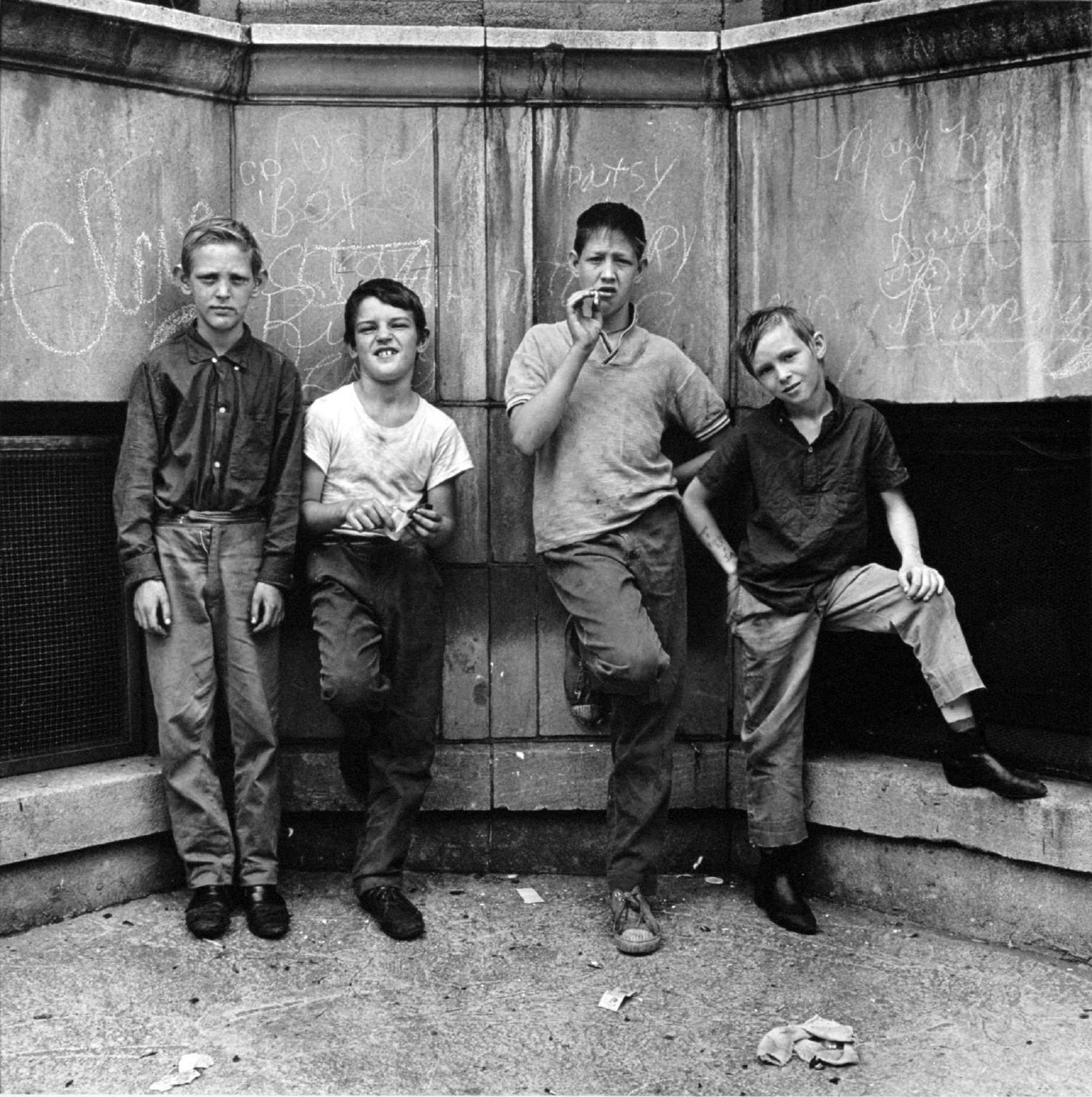
“Four boys, Uptown, Chicago” Pictures from The New World by © Danny Lyon, 1968
–
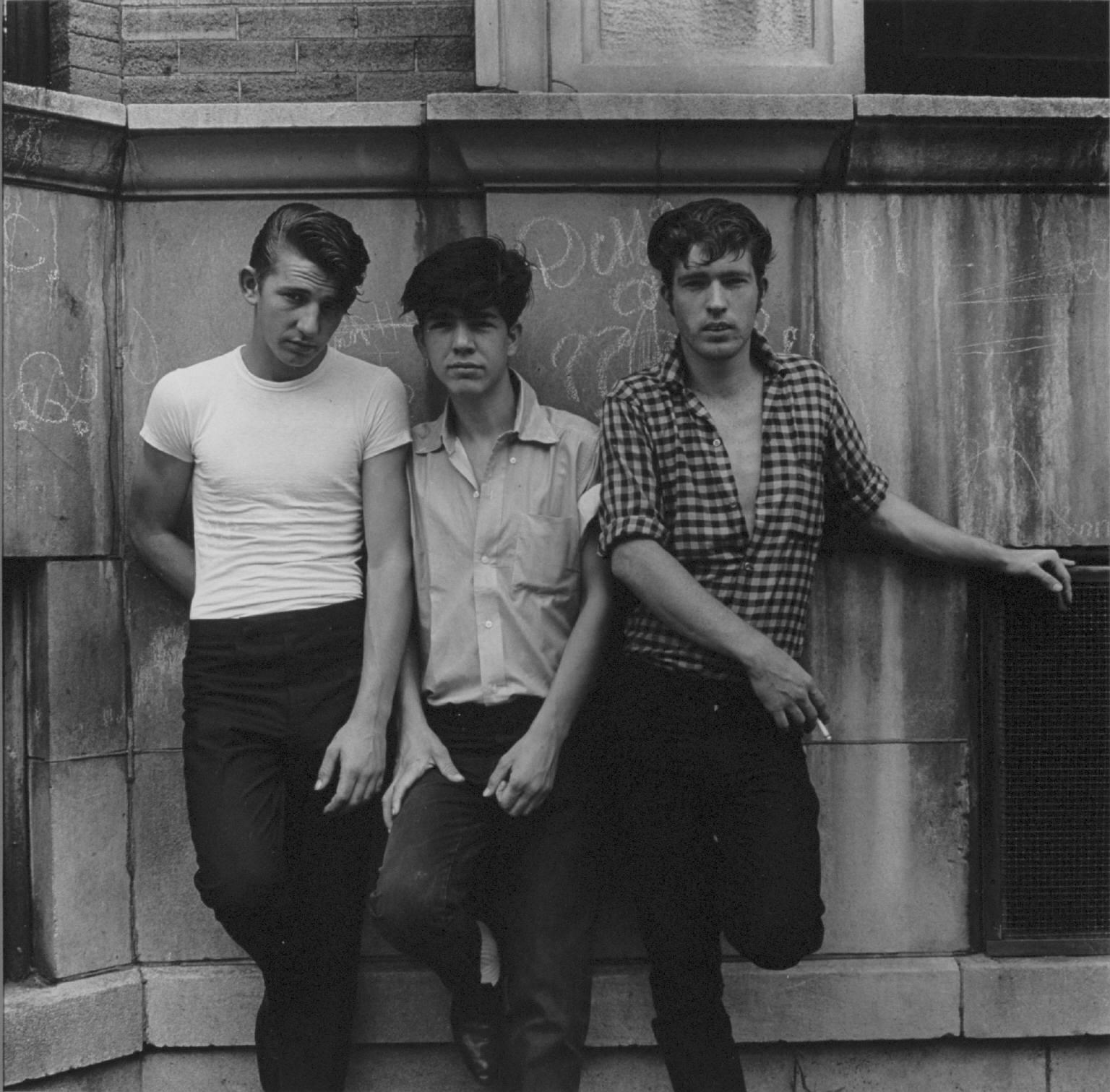
“Three young men, Uptown, Chicago” Pictures from The New World by © Danny Lyon, 1965
–
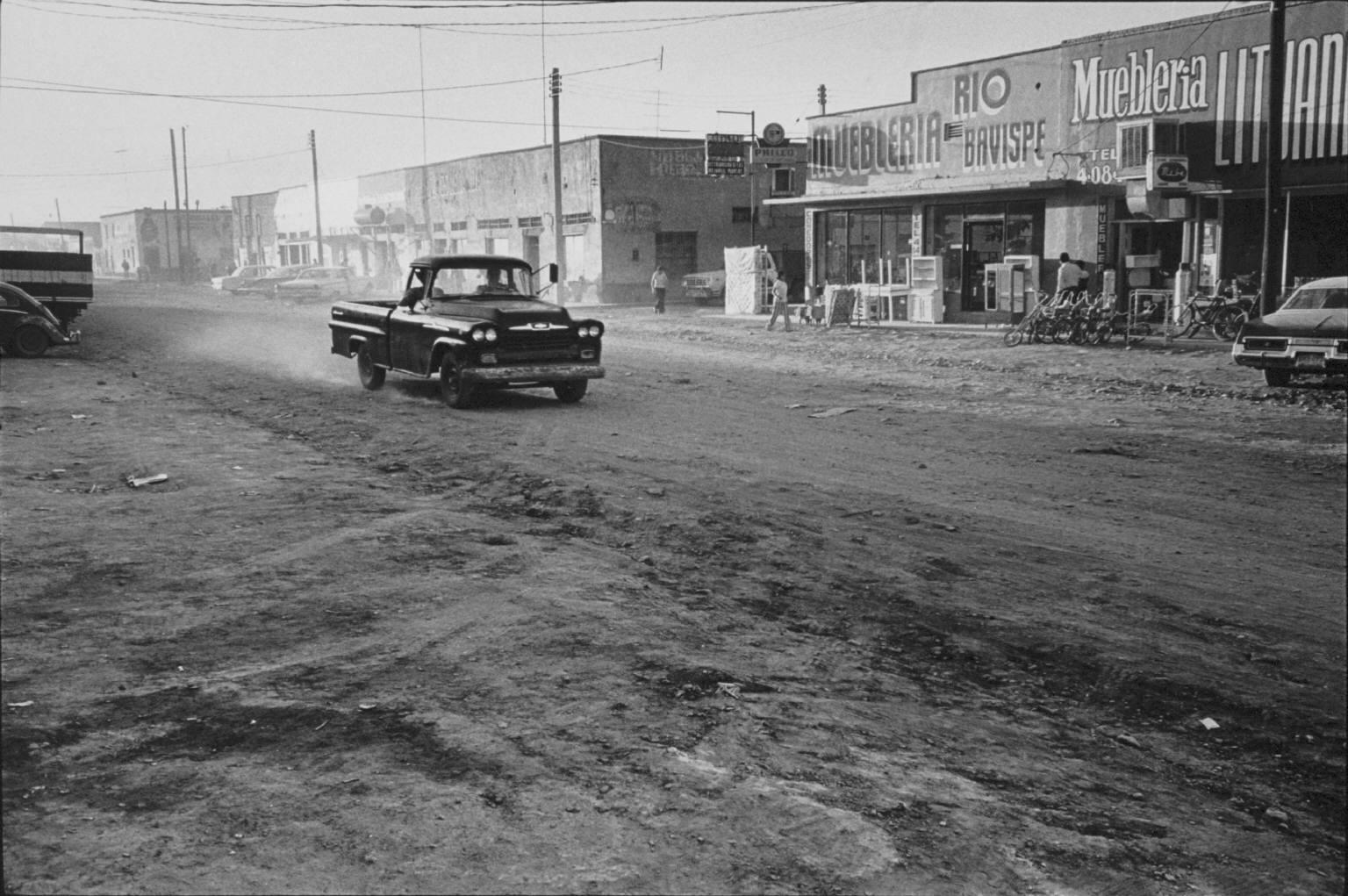
“Chevrolet Nueva Casas Grande, Chuhuahua, Mexico” from The Paper Negative by © Danny Lyon, 1975
–
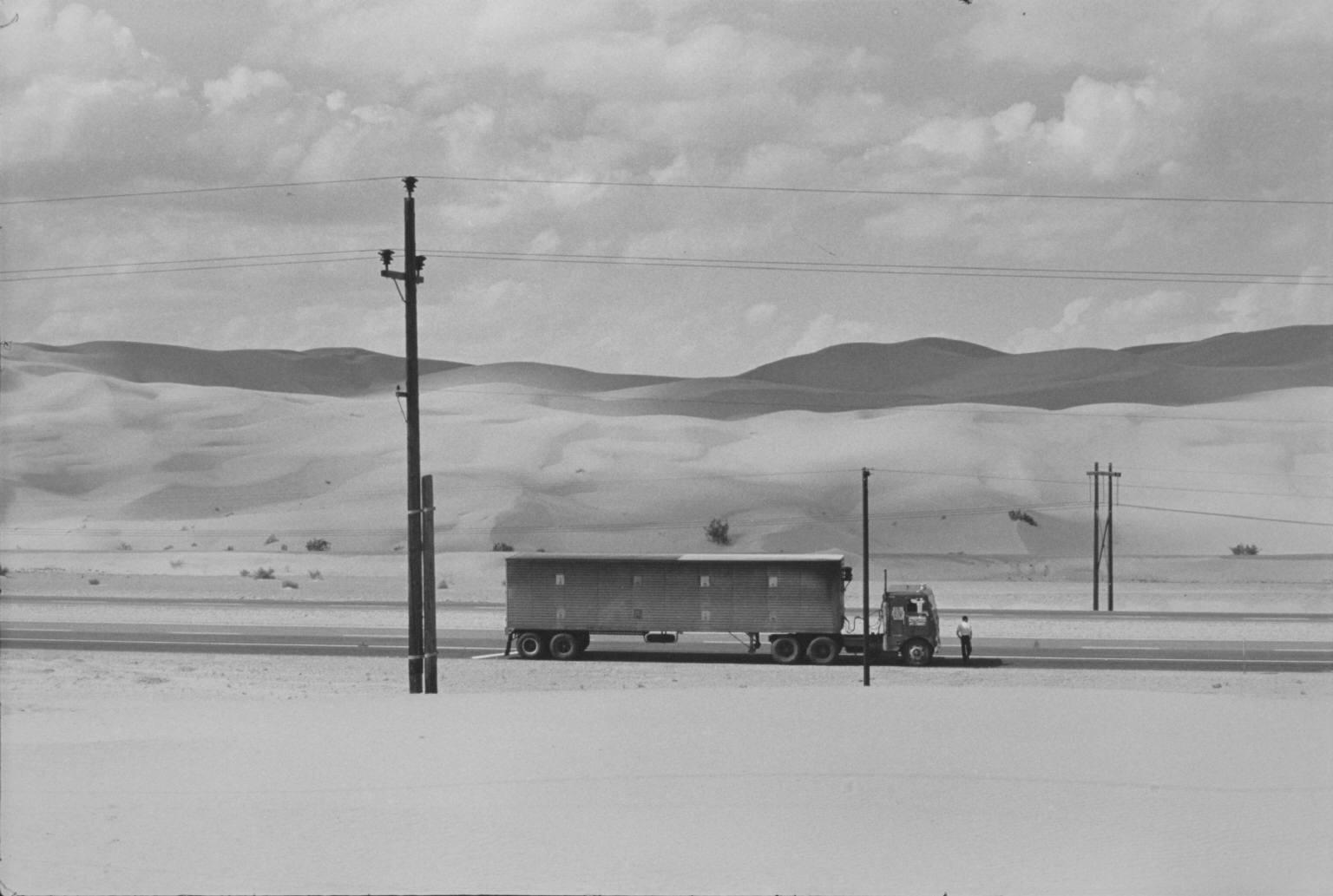
“Truck in the Desert, Yuma, California” Pictures from the New World by © Danny Lyon, 1962
–
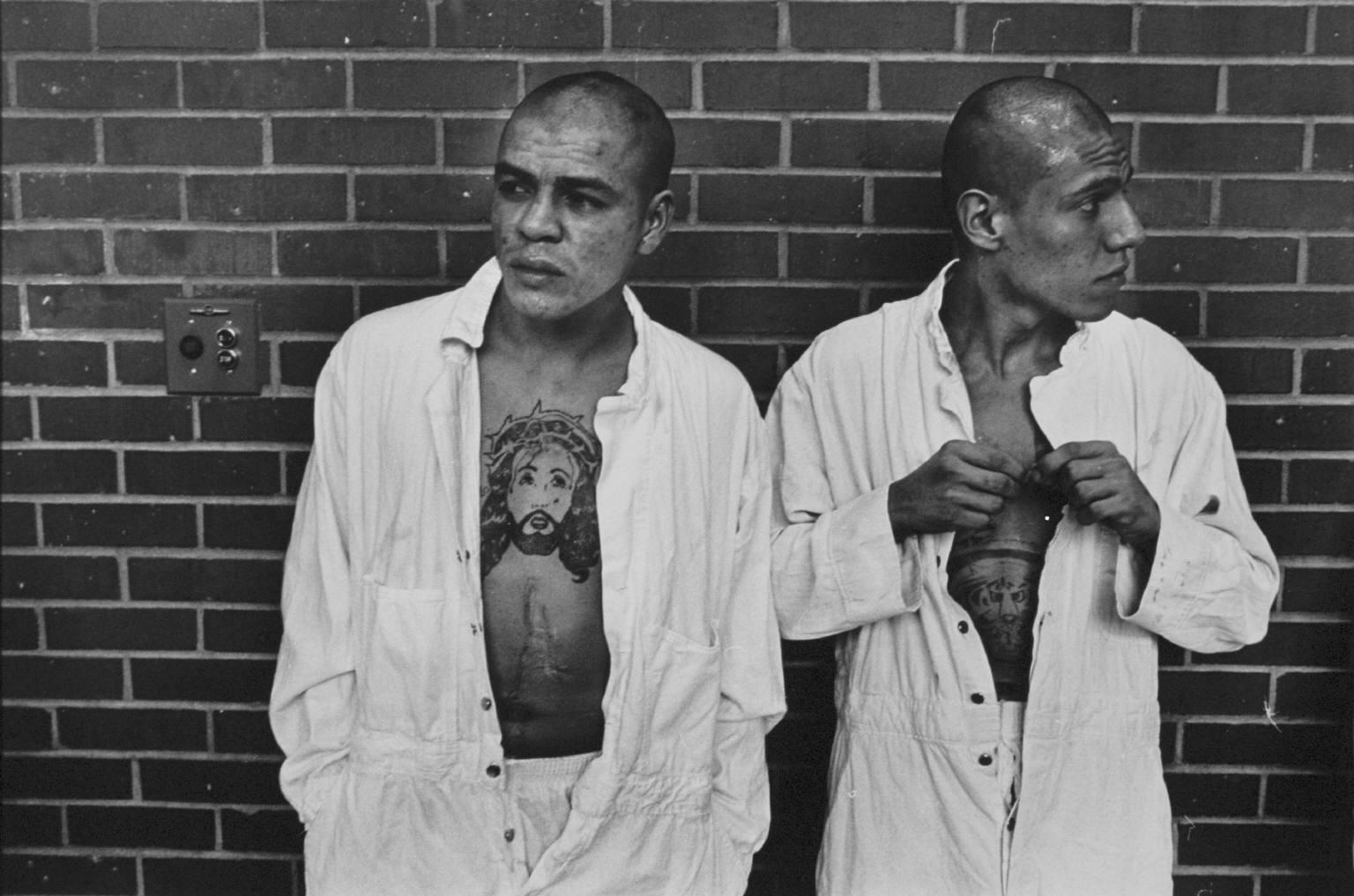
“New arrivals from Corpus Christi” from Conversations with the Dead by © Danny Lyon, ca. 1967-68
–
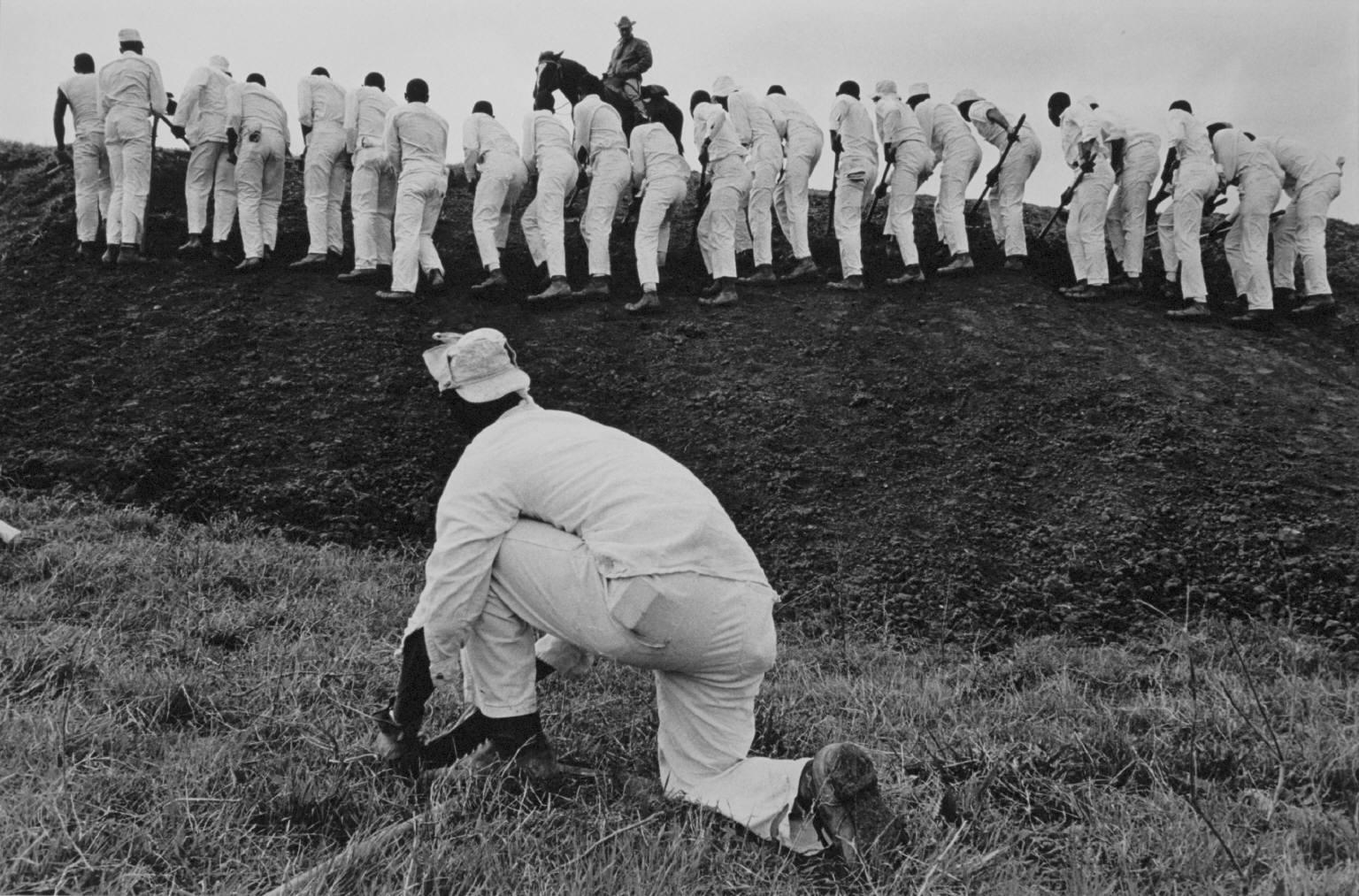
“Hoe sharpener and the Line” from Conversations with the Dead by © Danny Lyon, ca. 1967-68
–
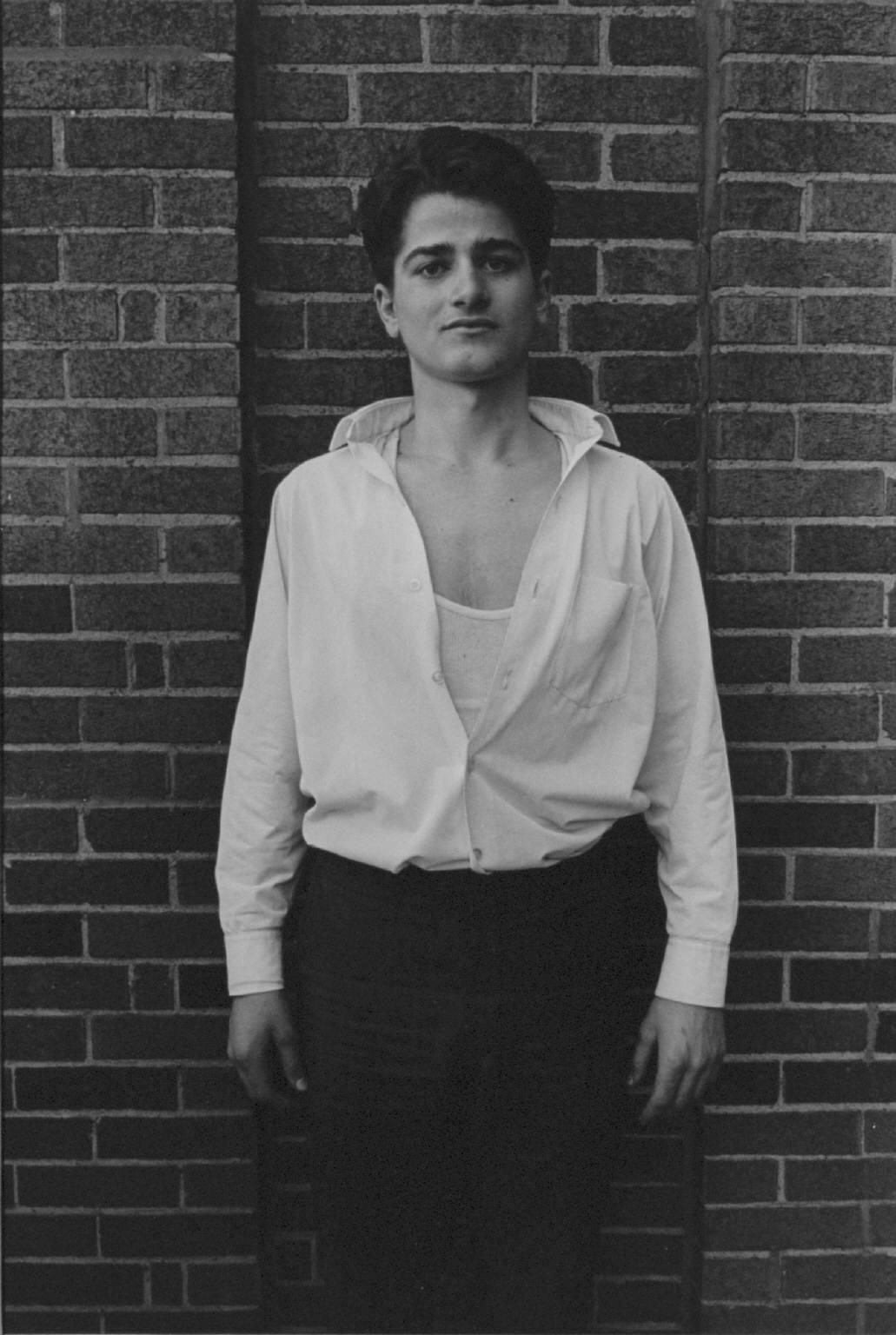
“Young man, Hyde Park, Chicago” from Toward a Social Landscape by © Danny Lyon, 1965
–
RELATED TSY POSTS:
SOUL ON BIKES & BLACK CHROME | THE HISTORY OF BLACK AMERICA’S MOTORCYCLE CULTURE
CHOSEN FEW & EAST BAY DRAGONS | AMERICA’S BLACK BIKER SET REVISITED
RALPH “SONNY” BARGER | AN OUTLAW’S TALE OF HARLEYS, HIGHWAYS & HELL
THE 13 REBELS MOTORCYCLE CLUB | 1953′S “THE WILD ONE” INSPIRATION









